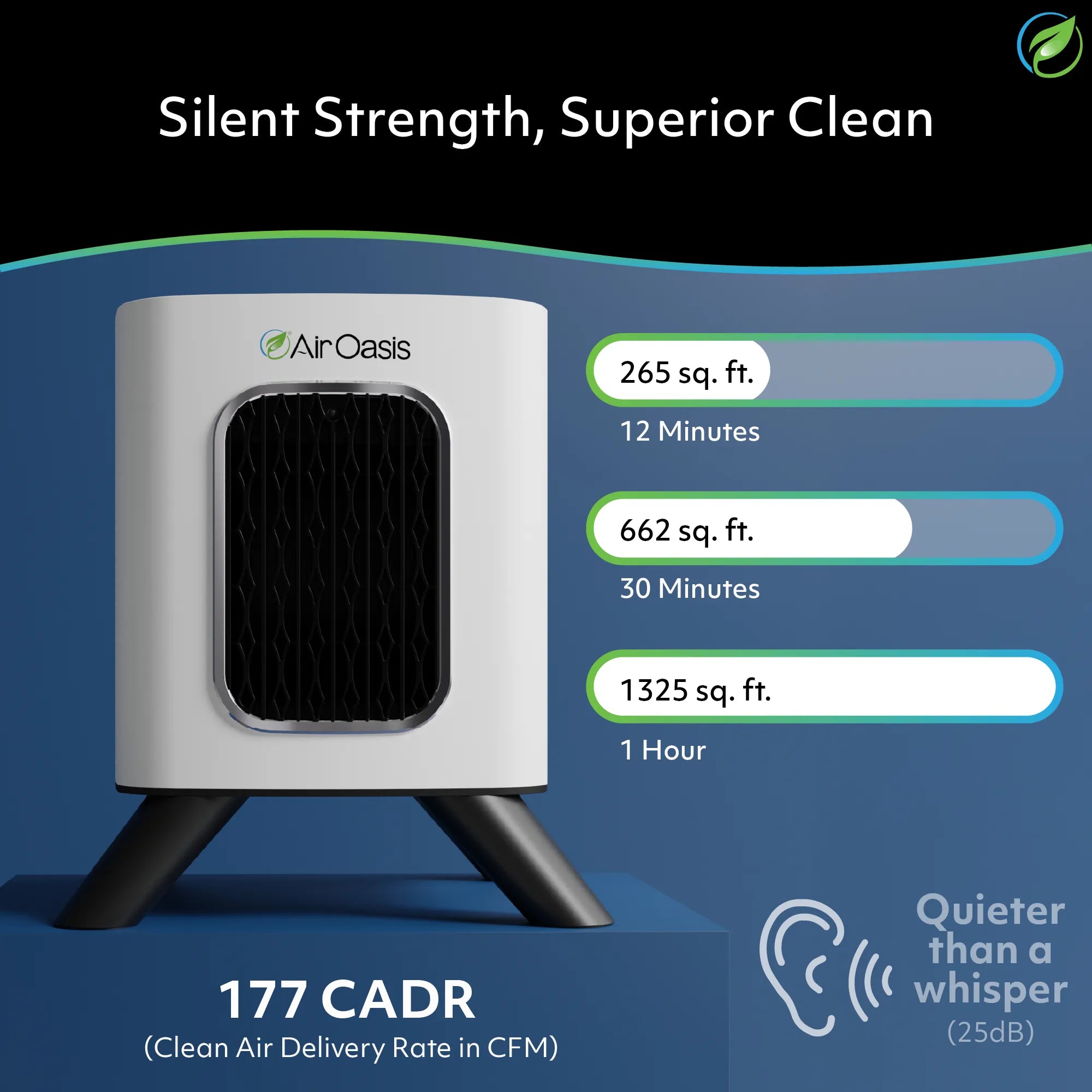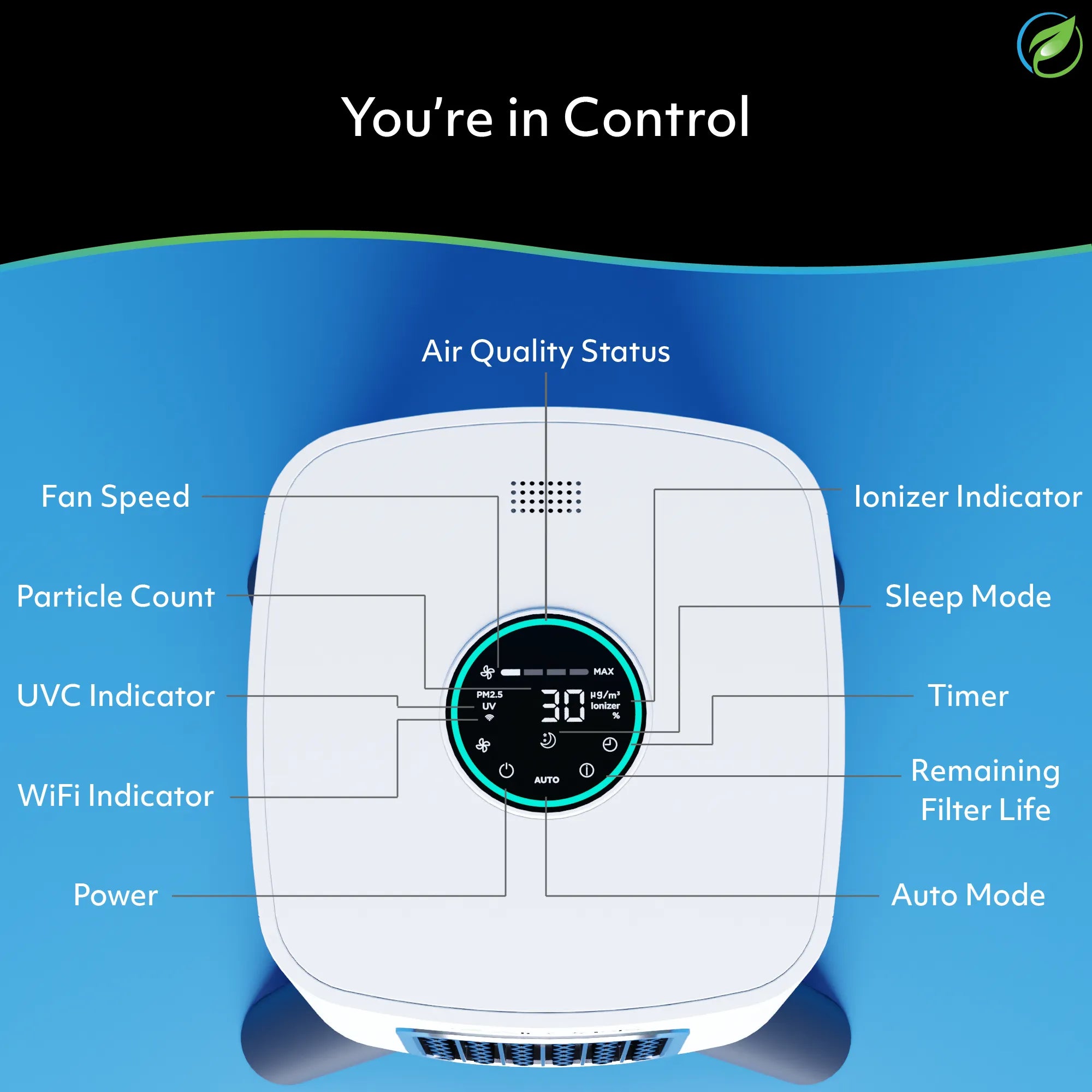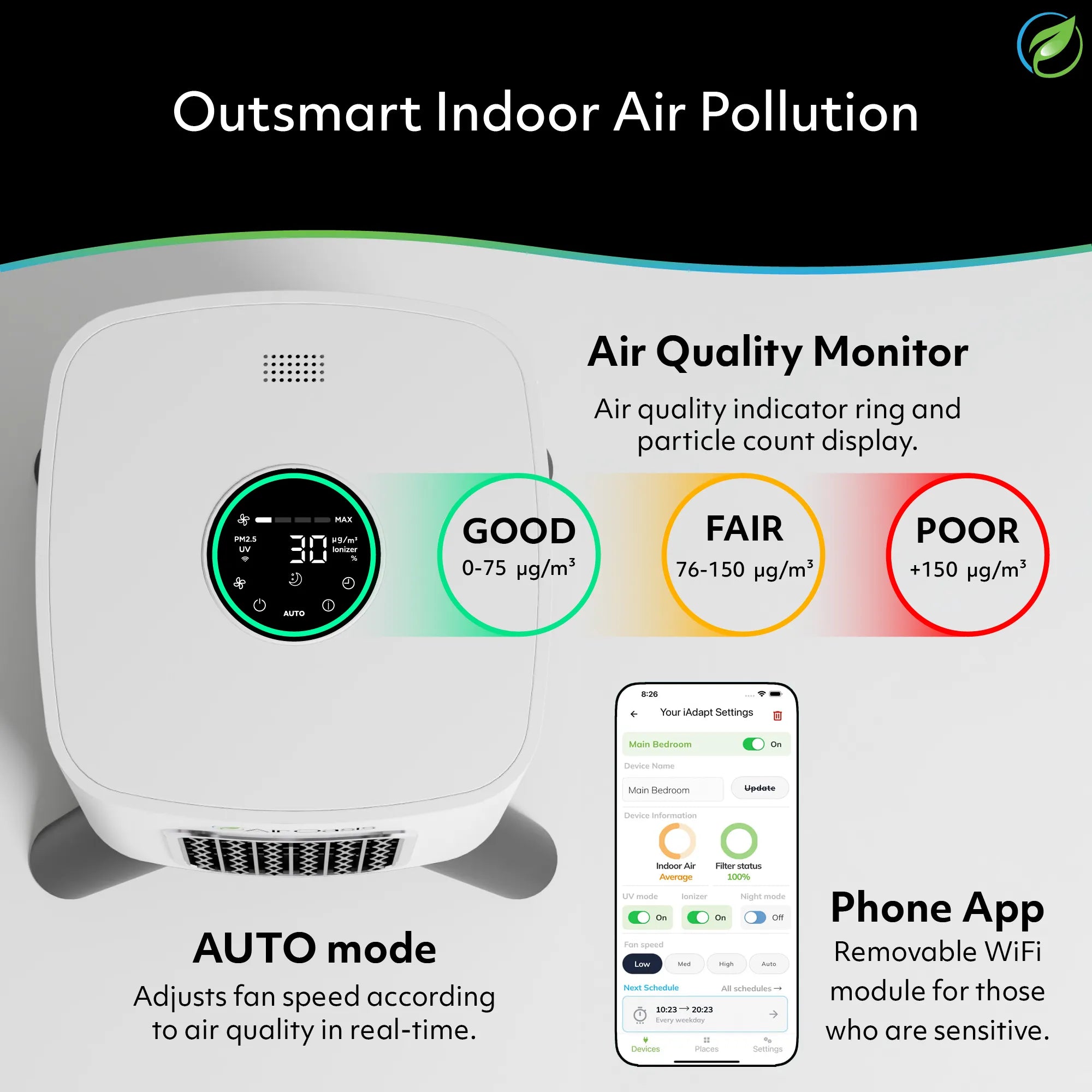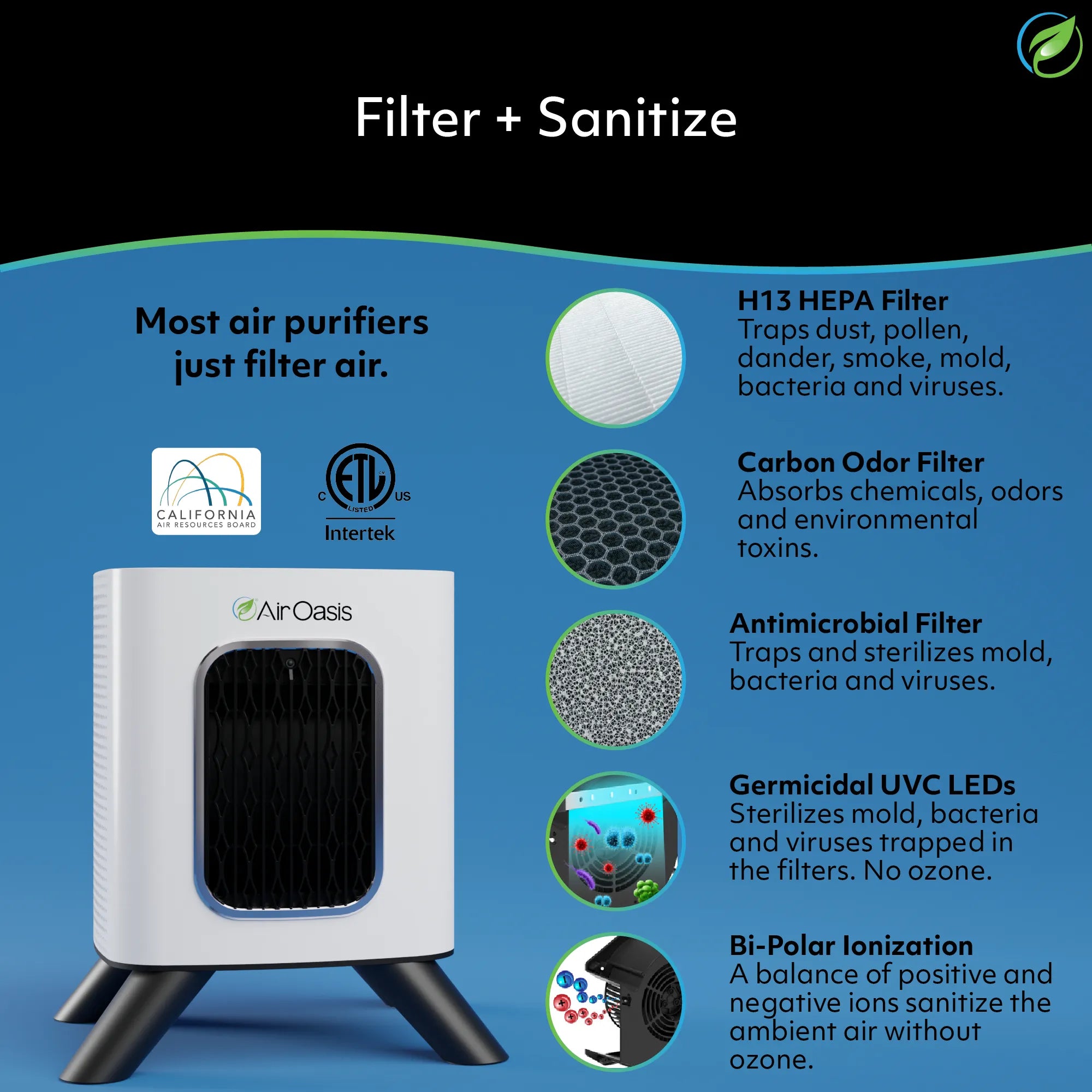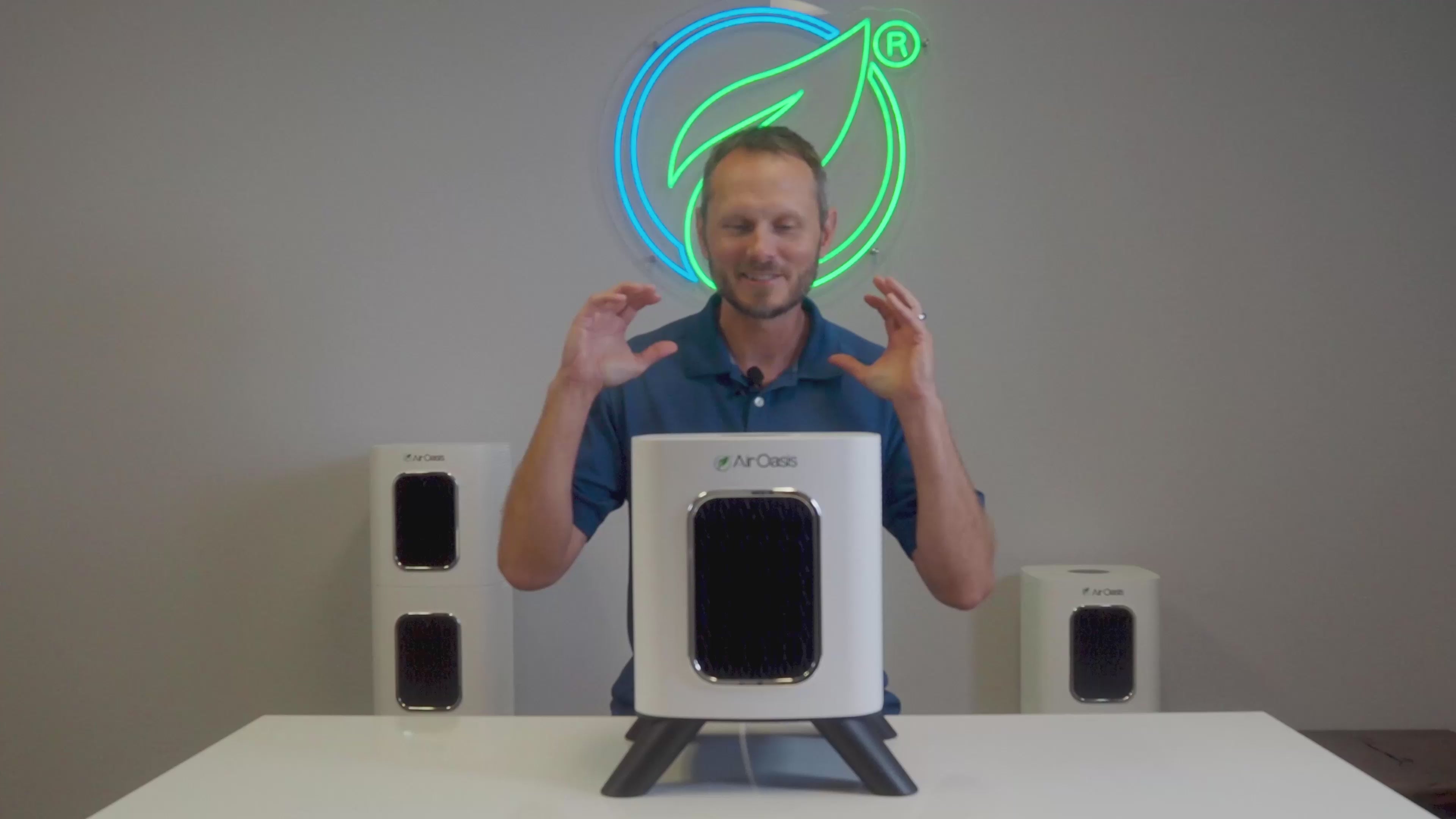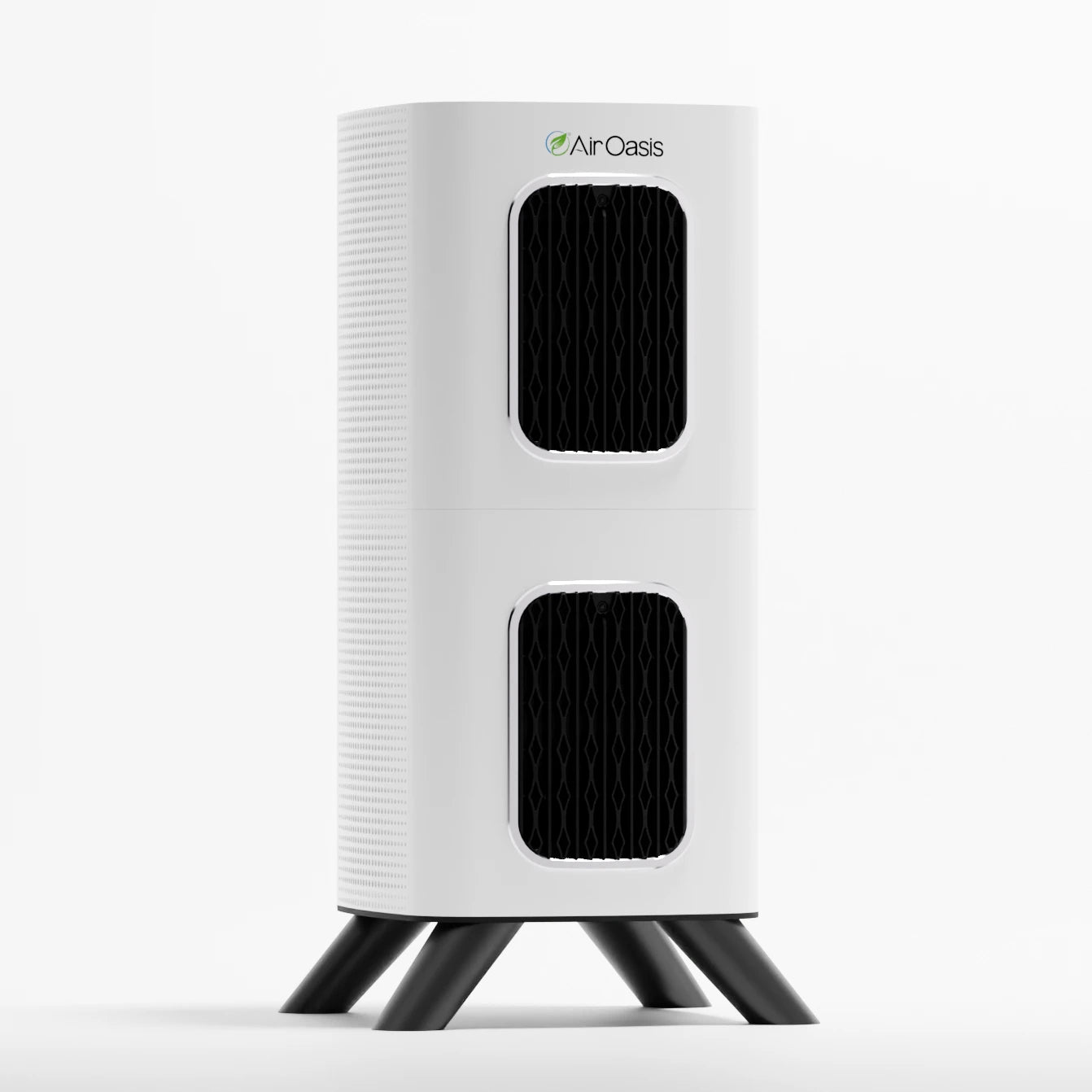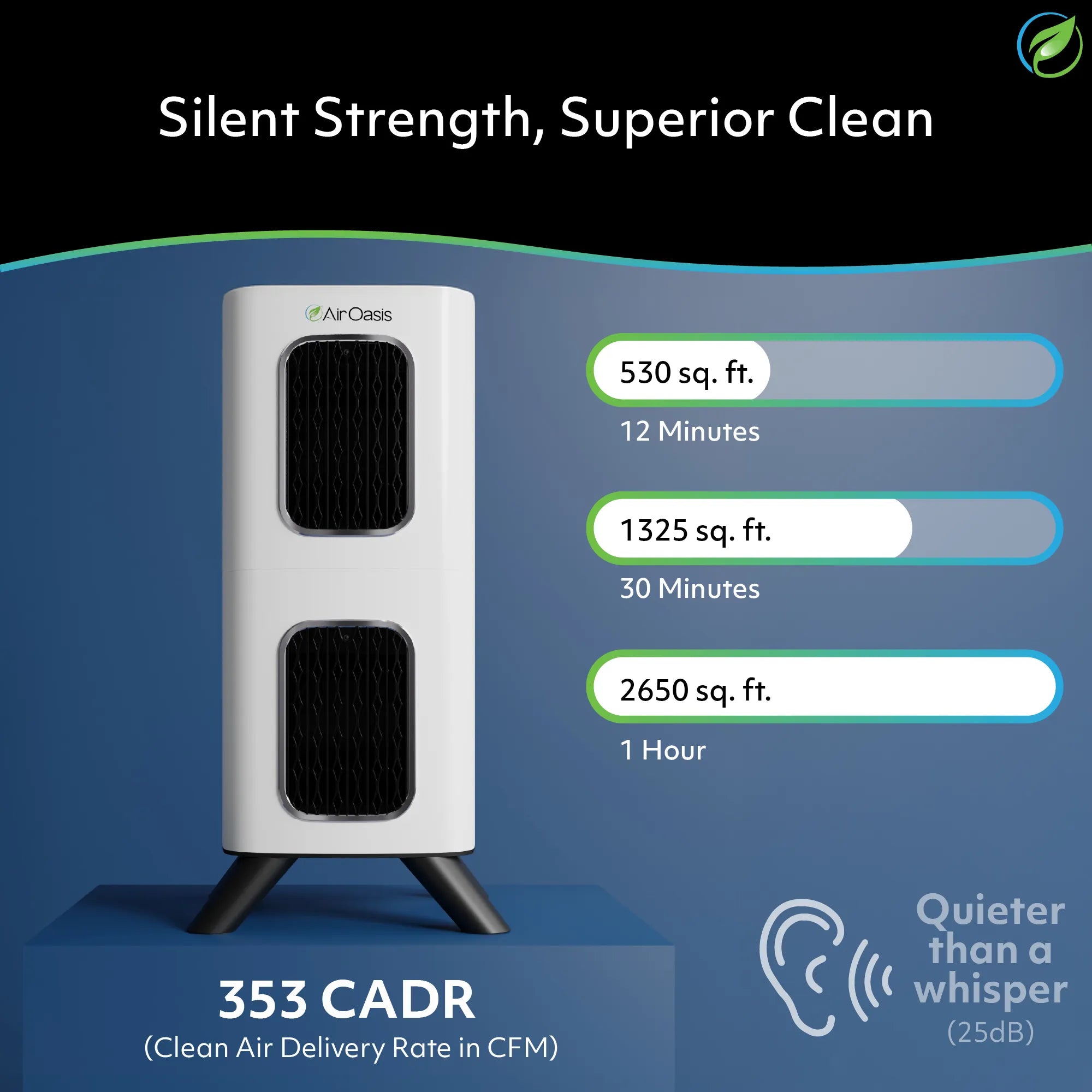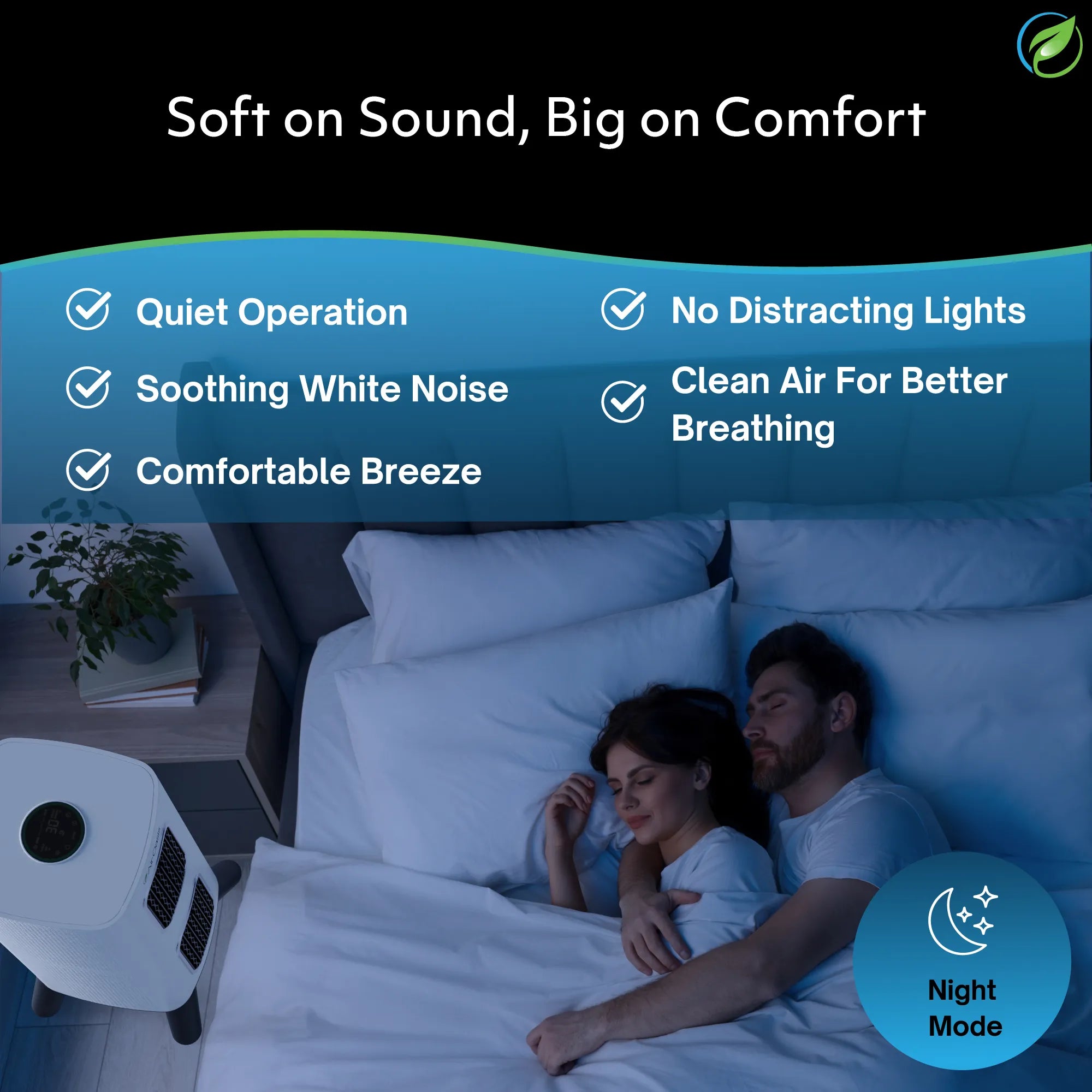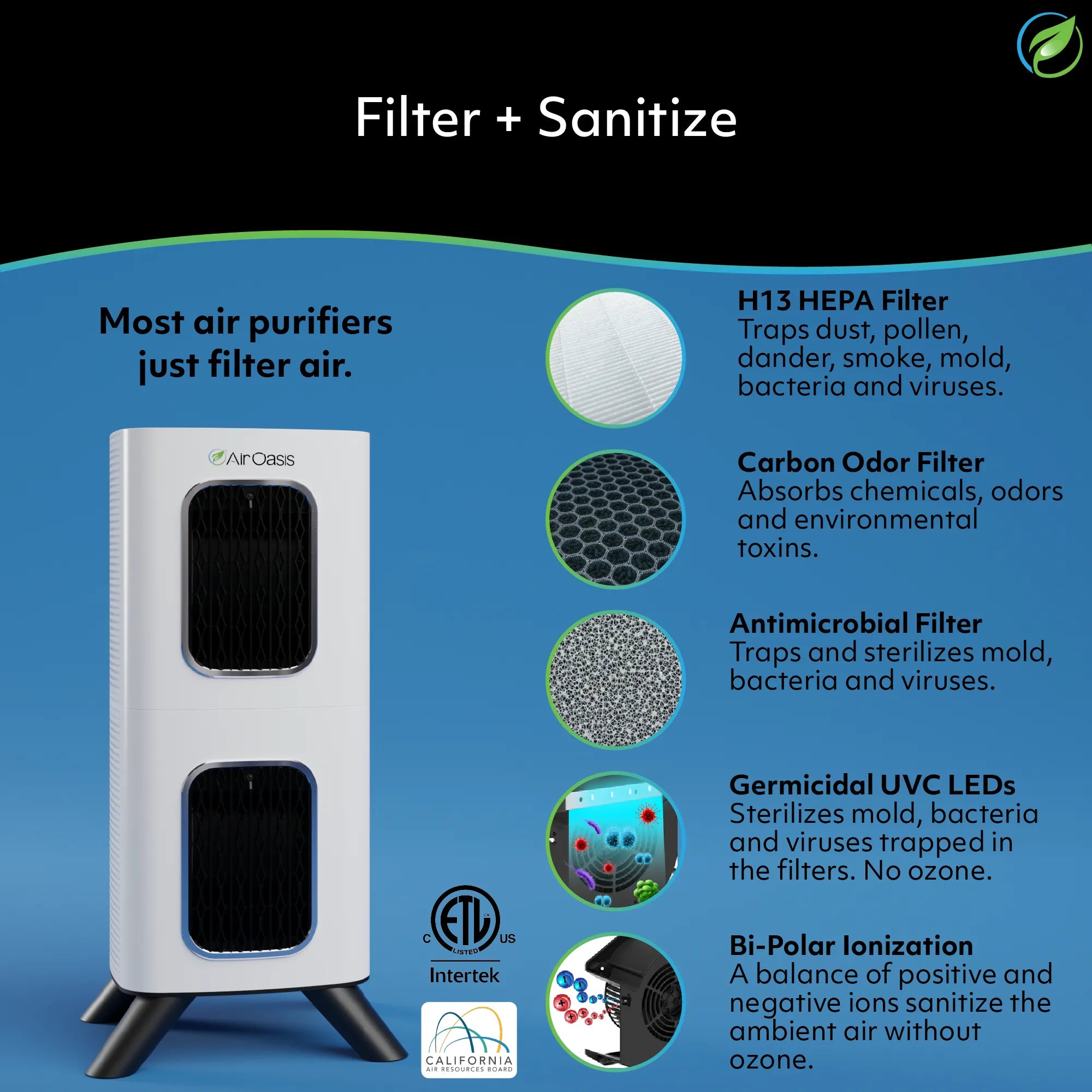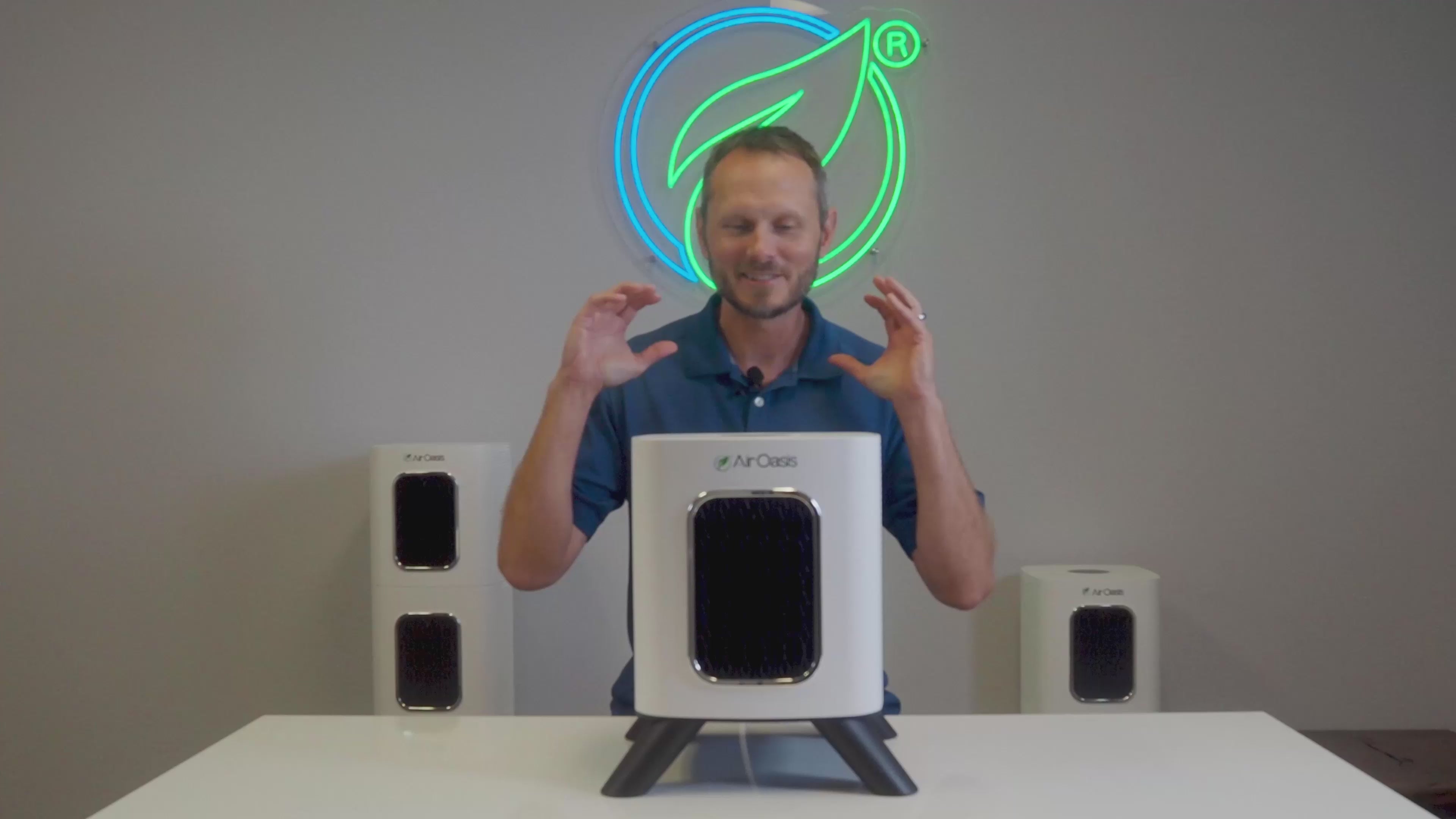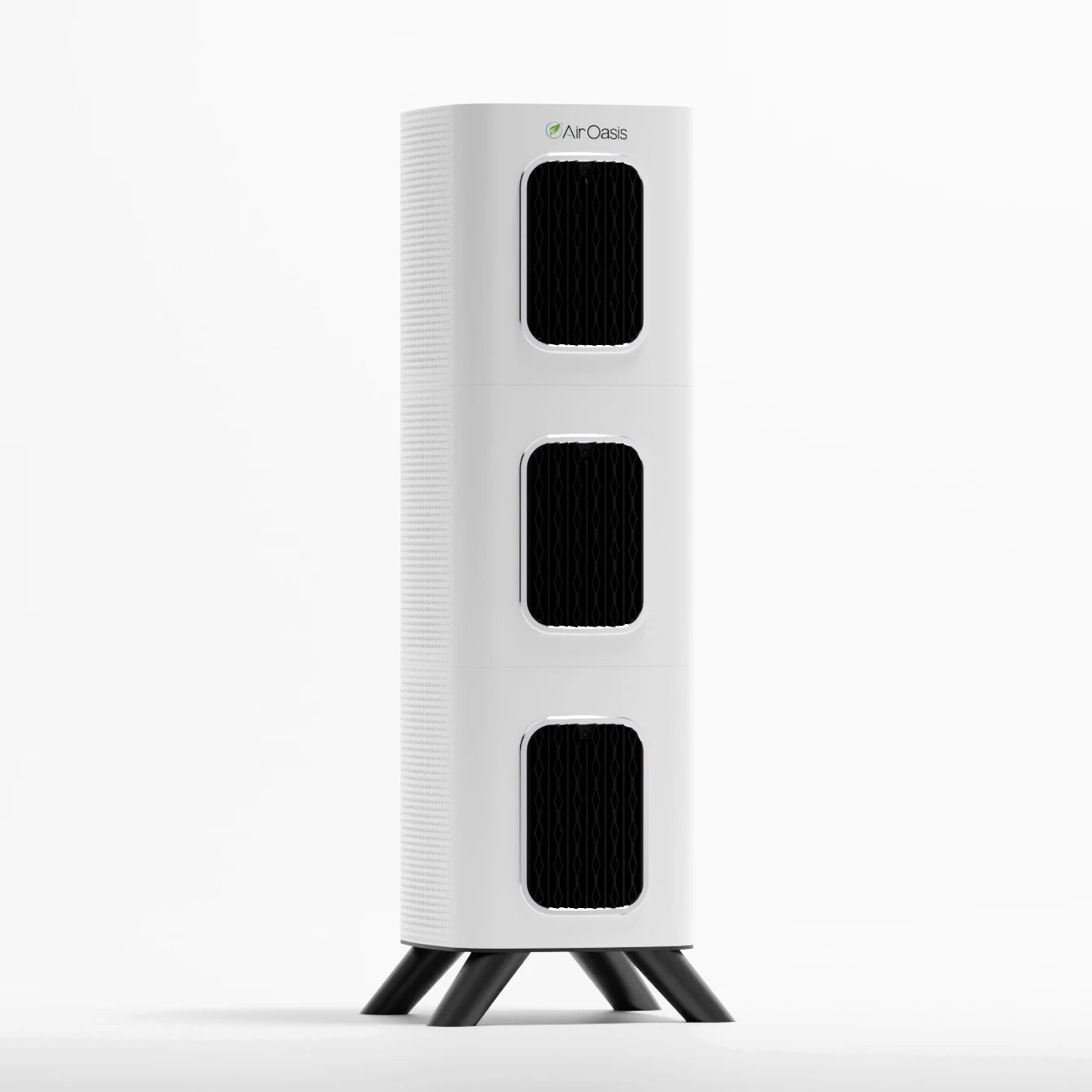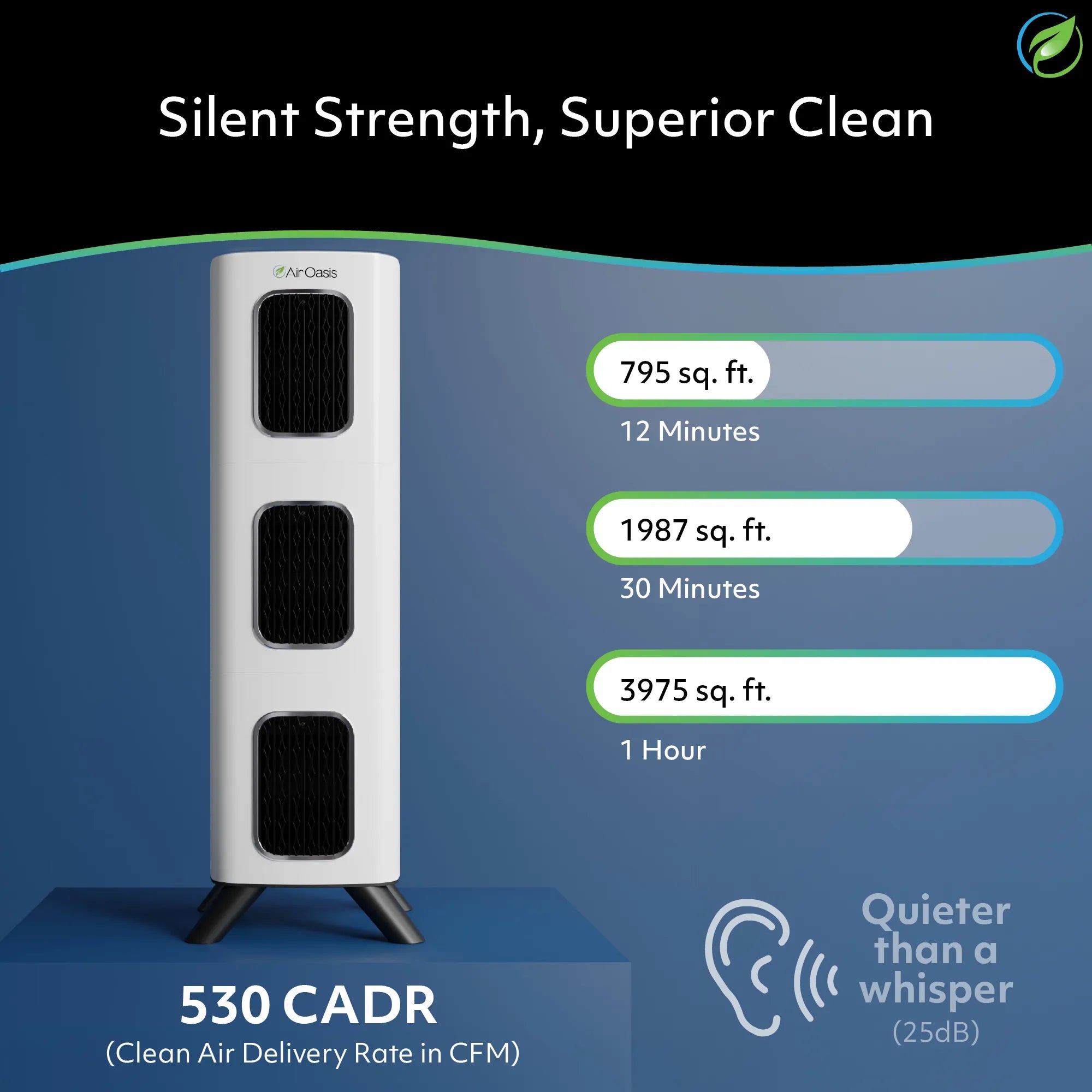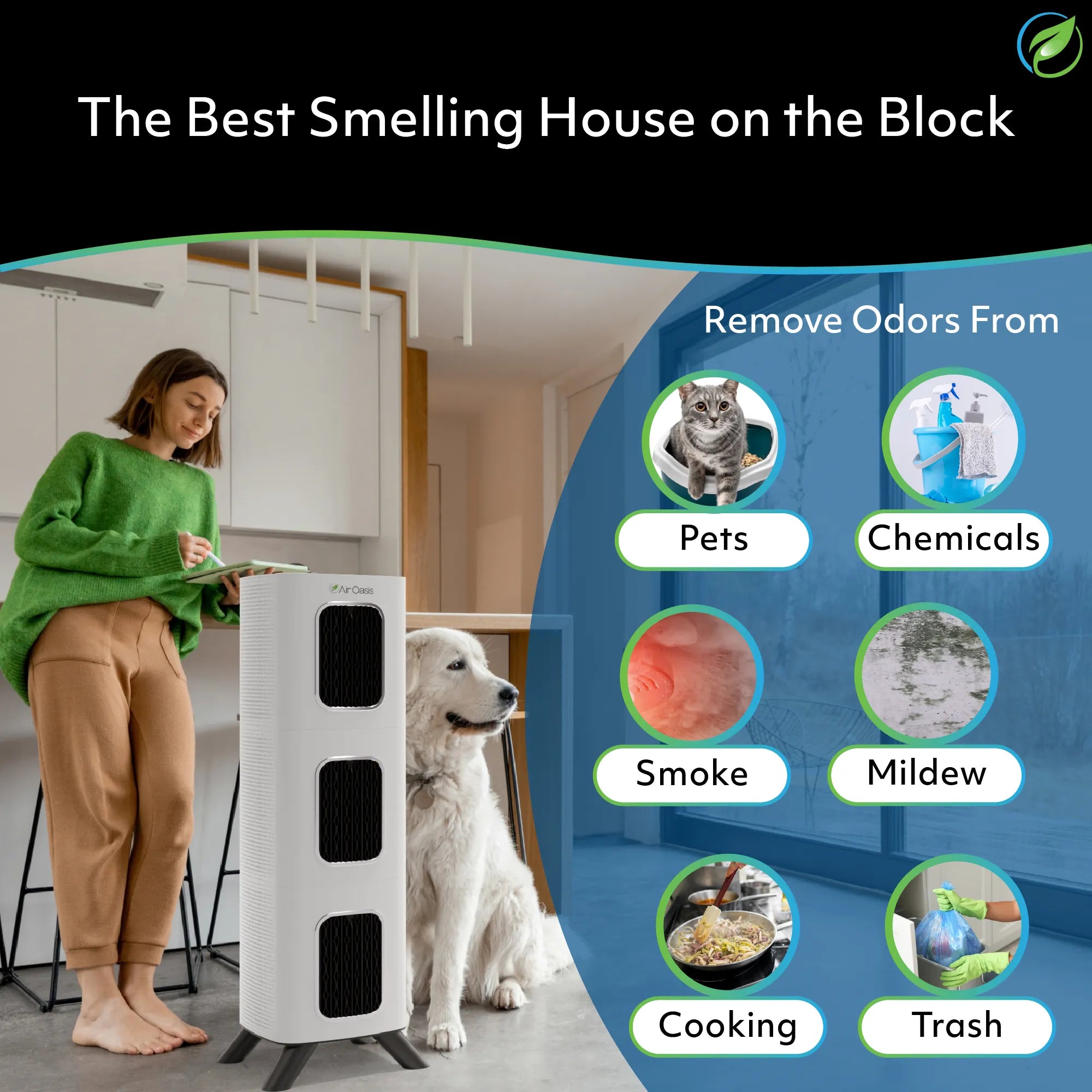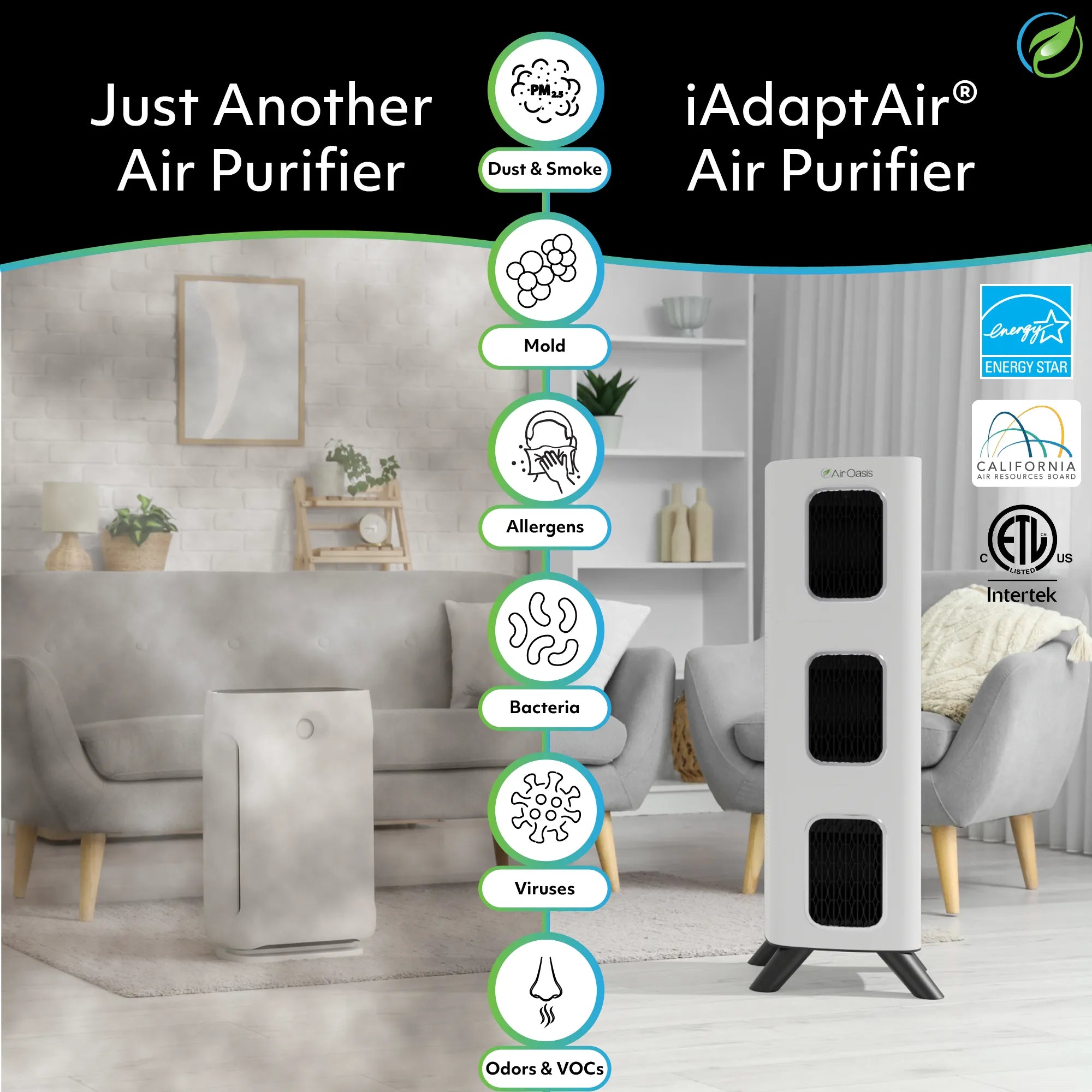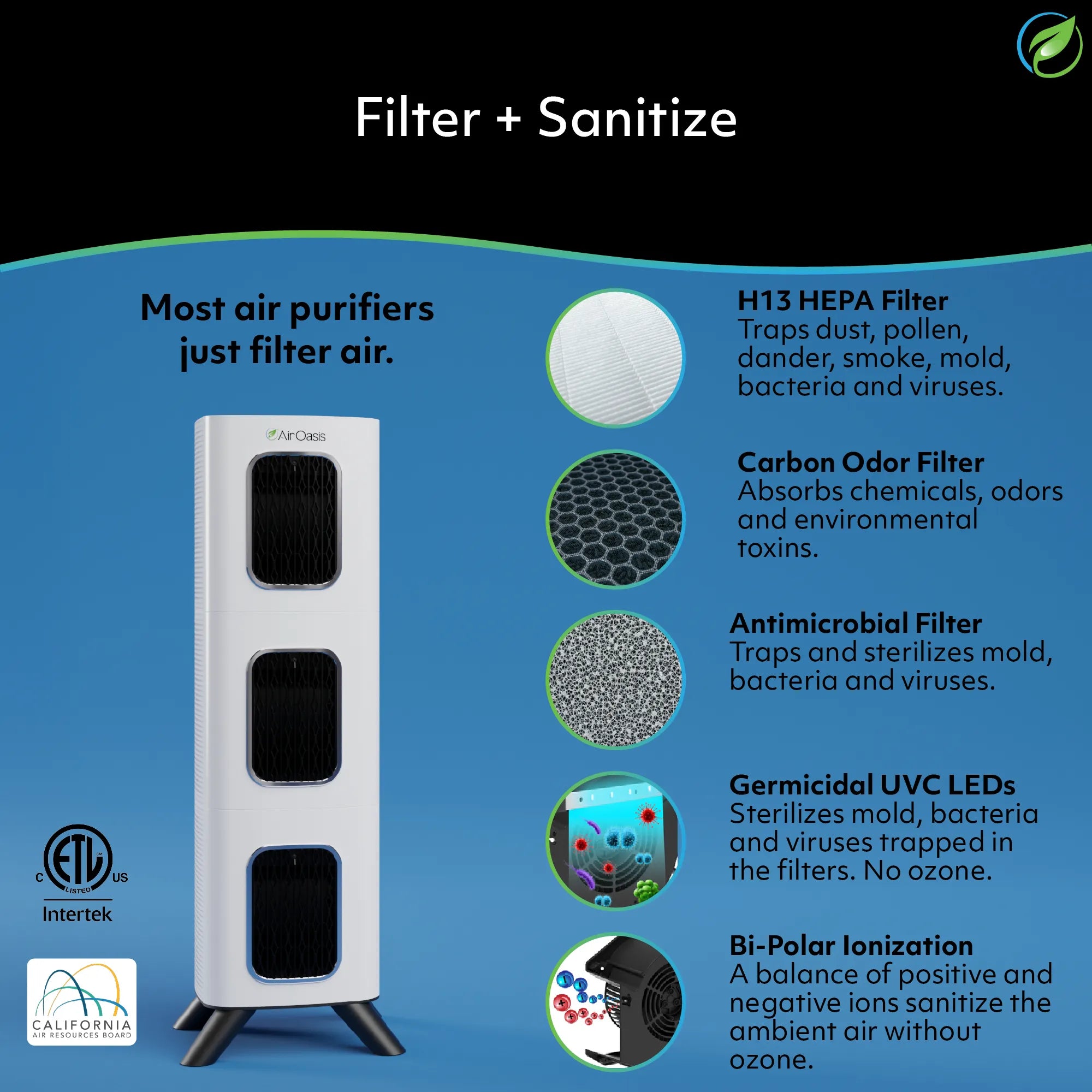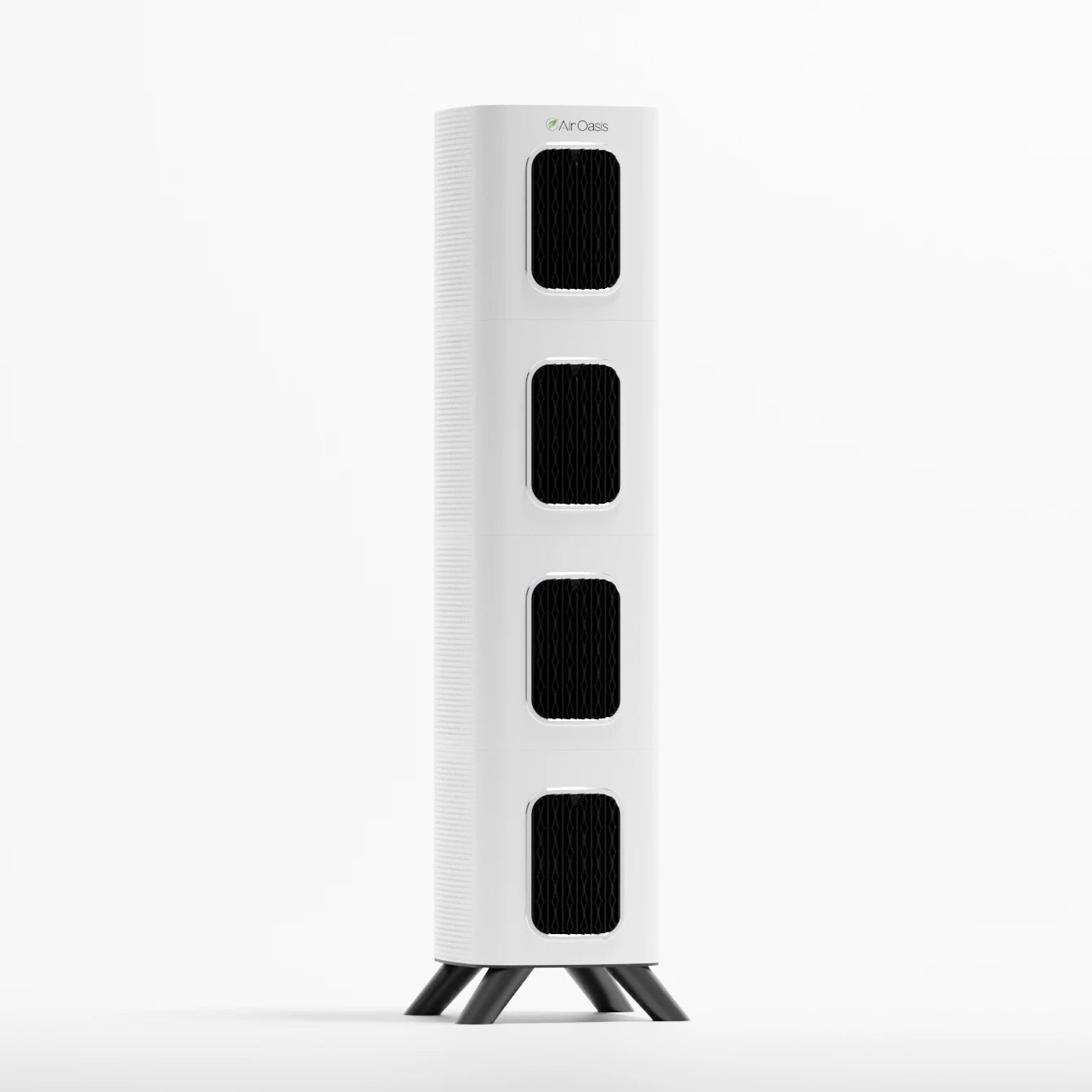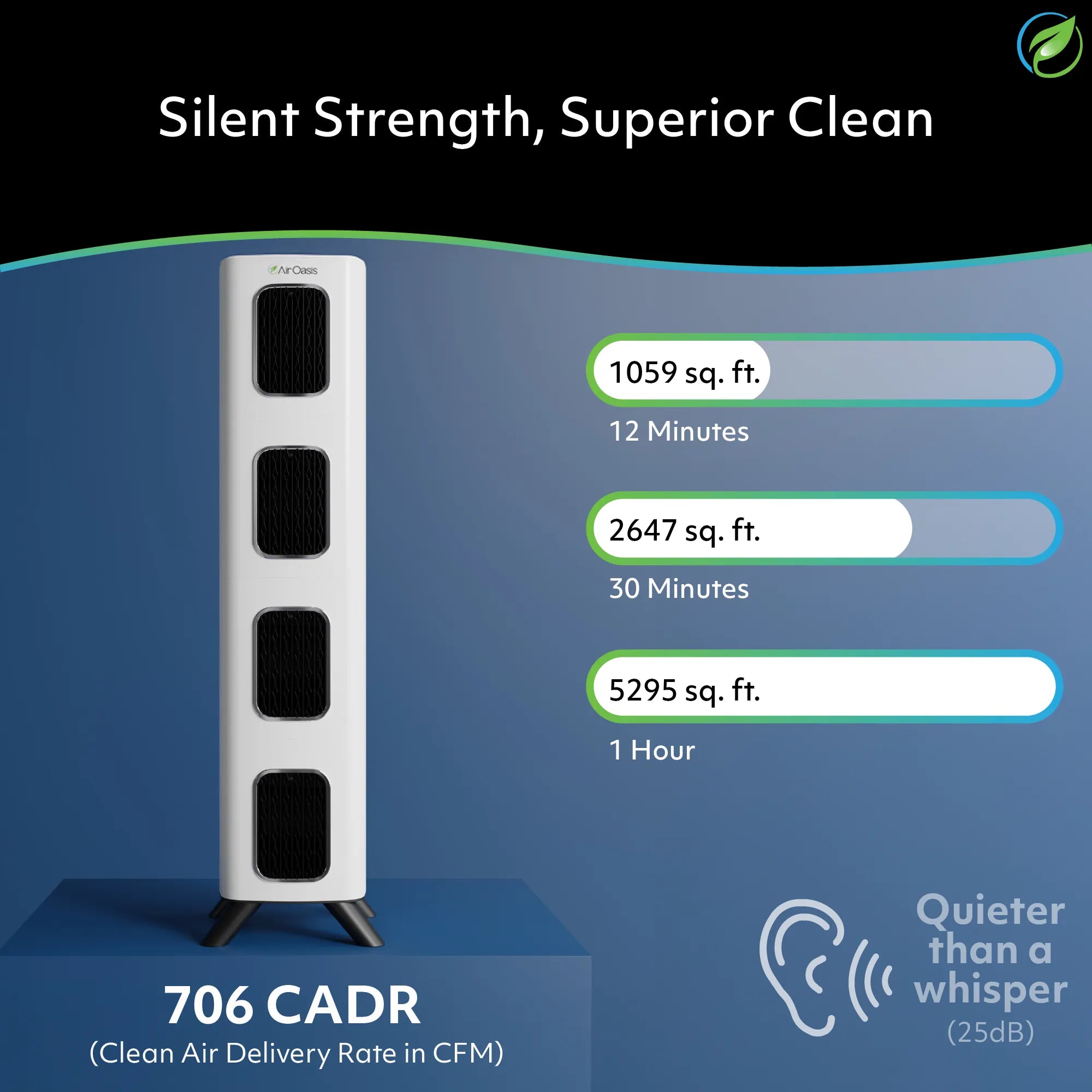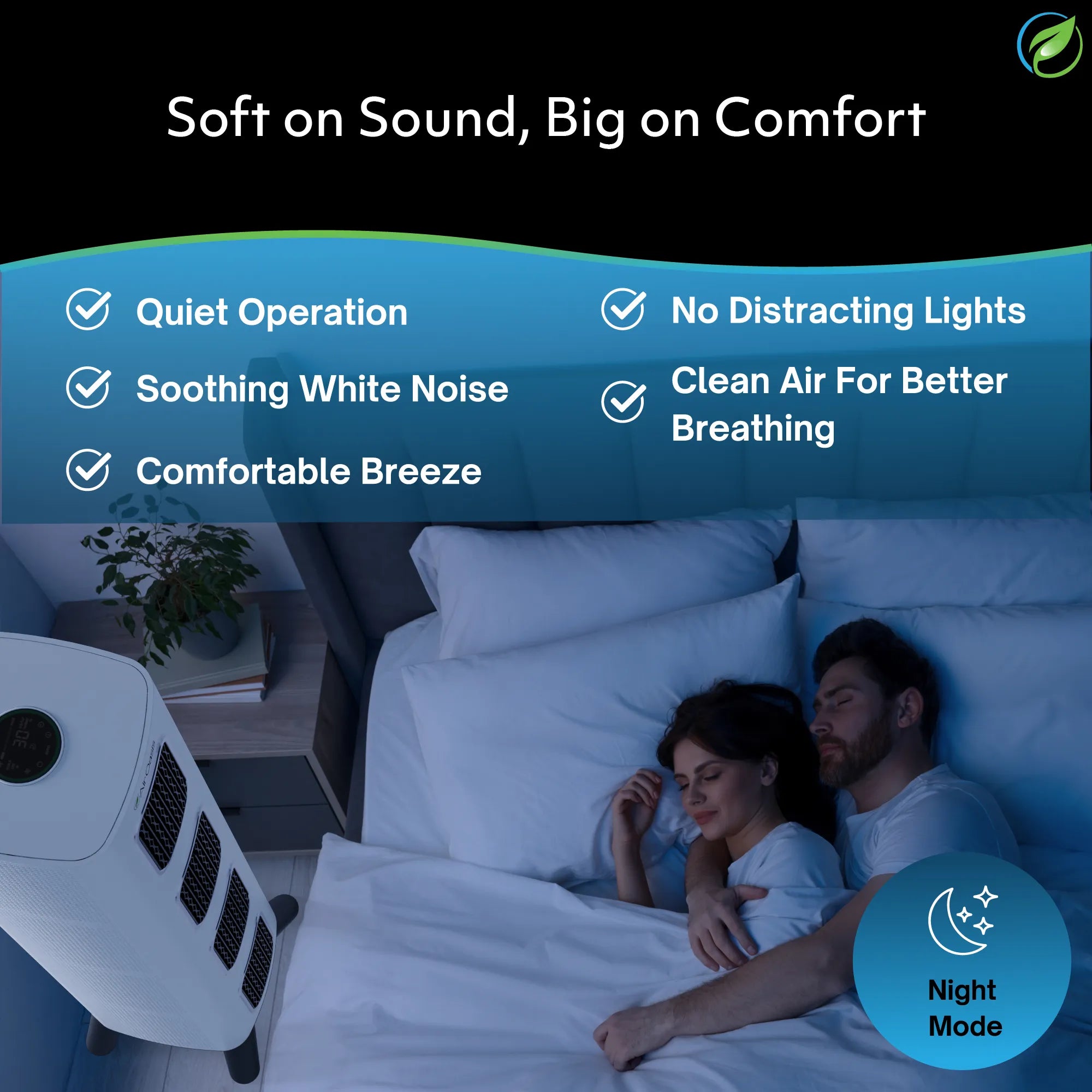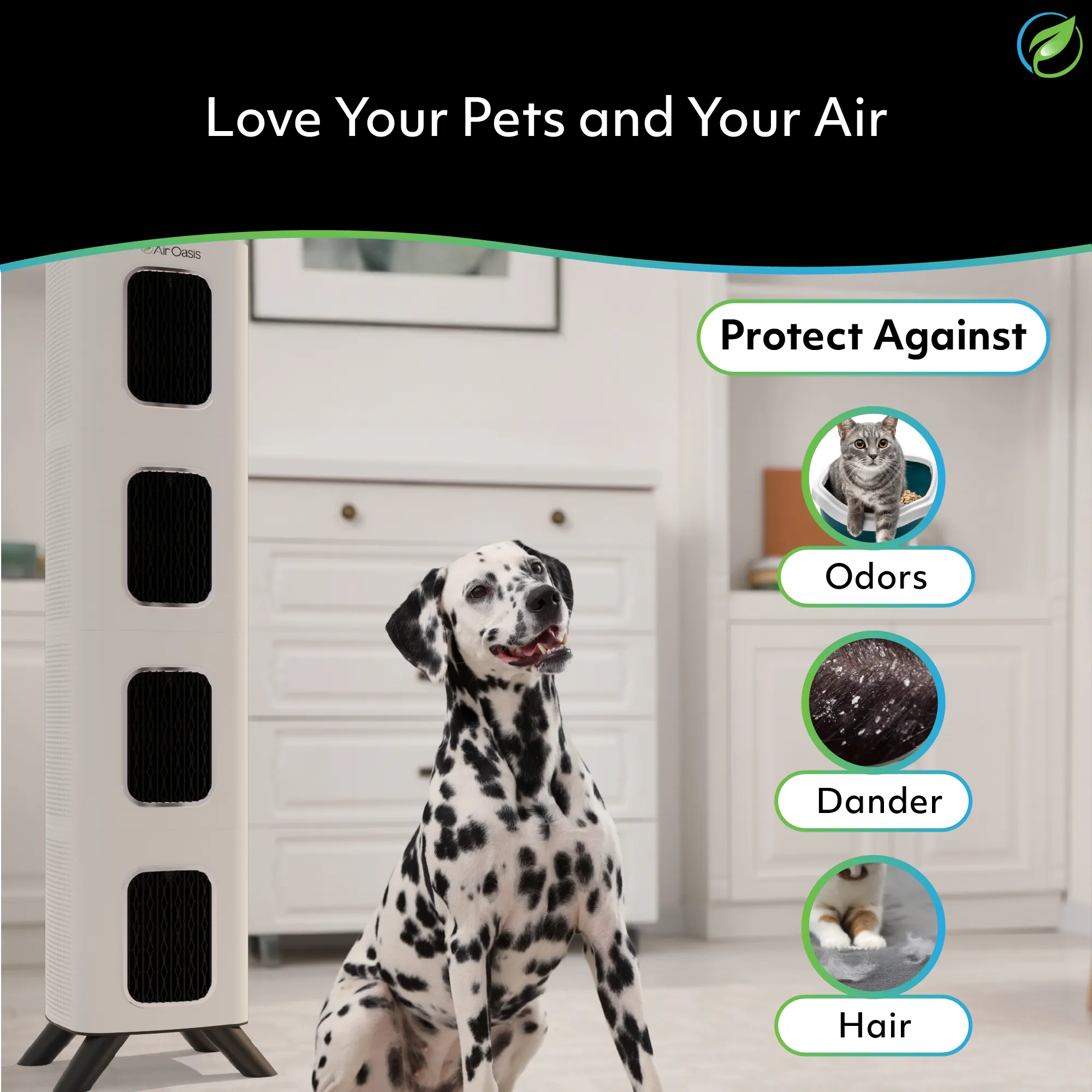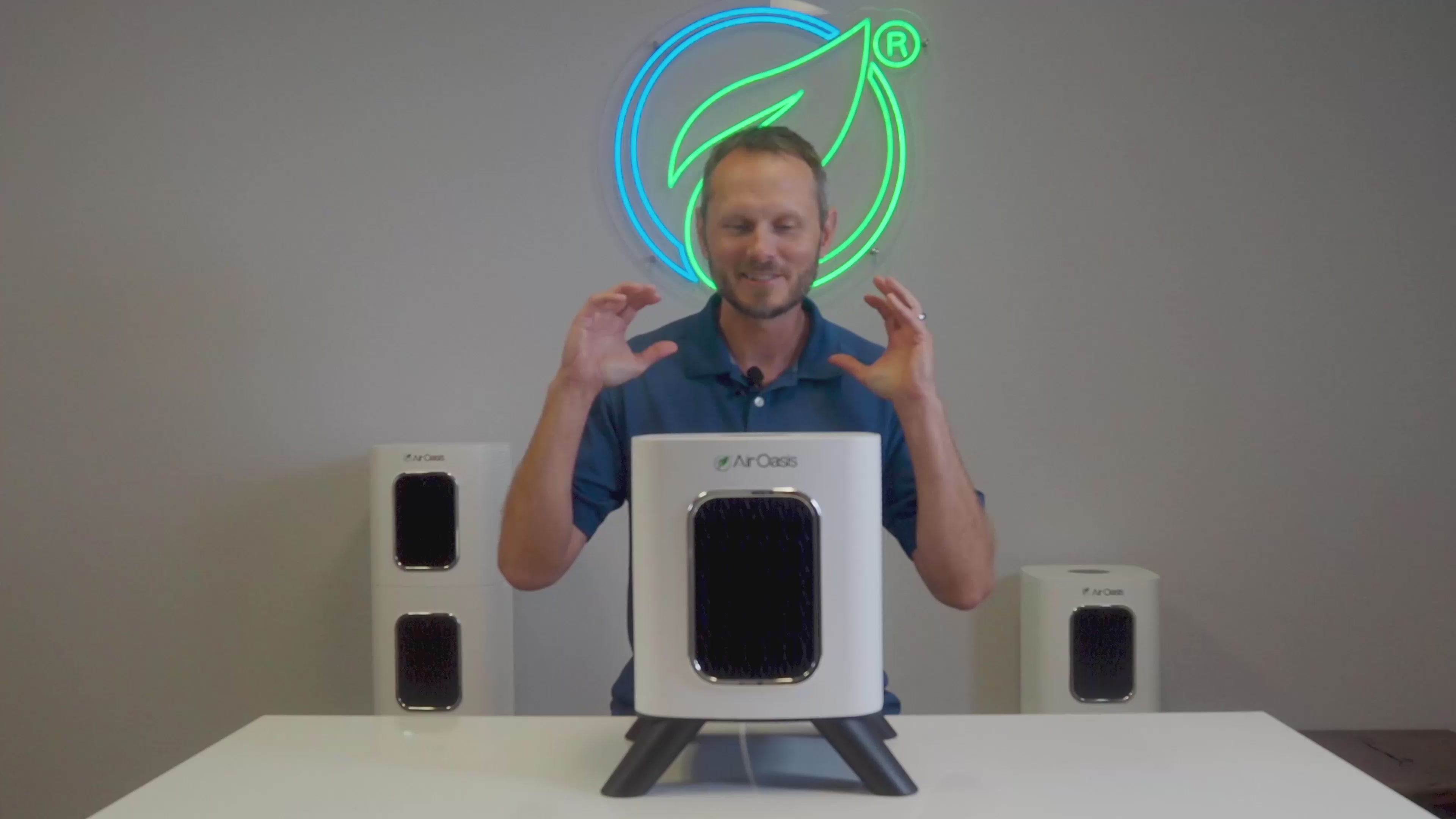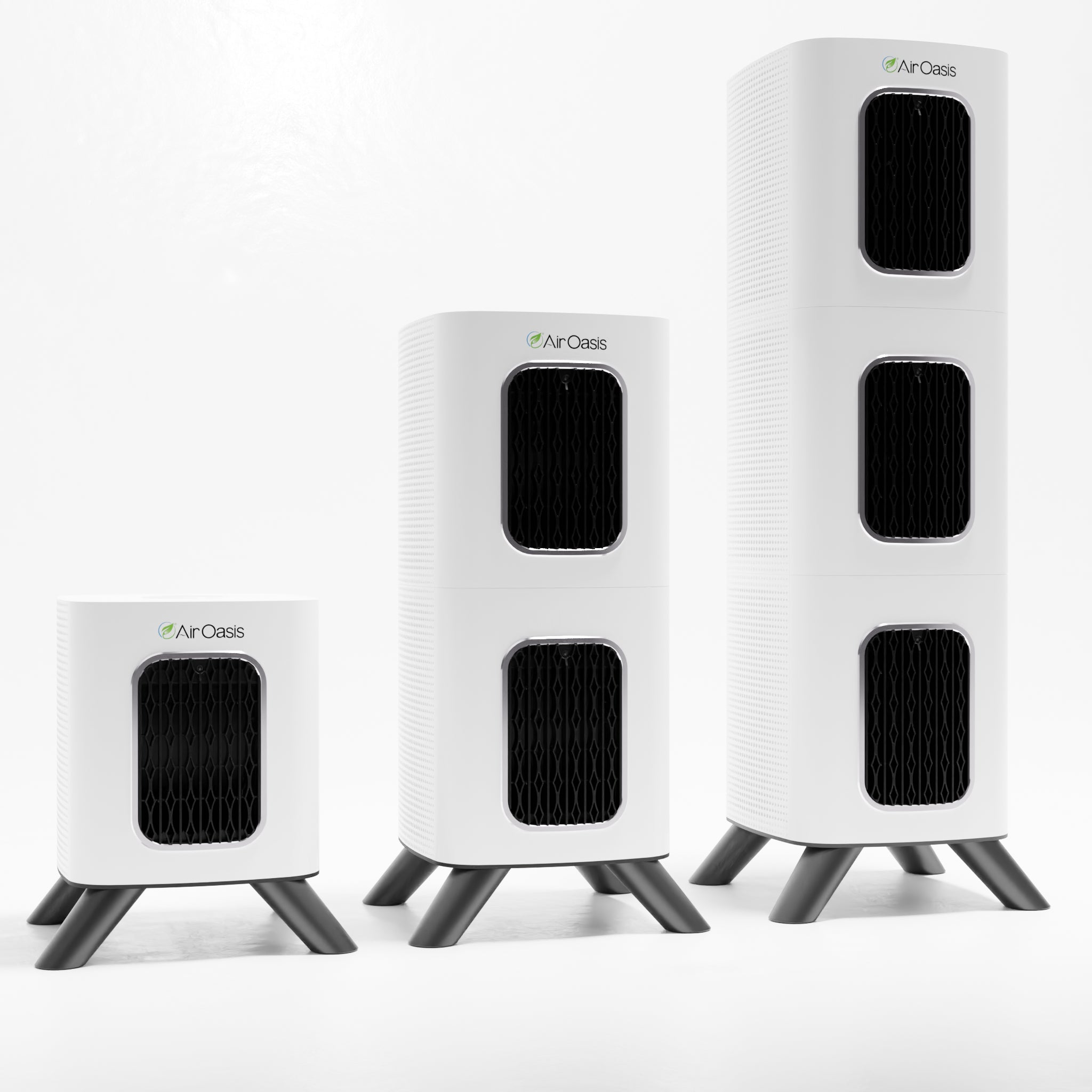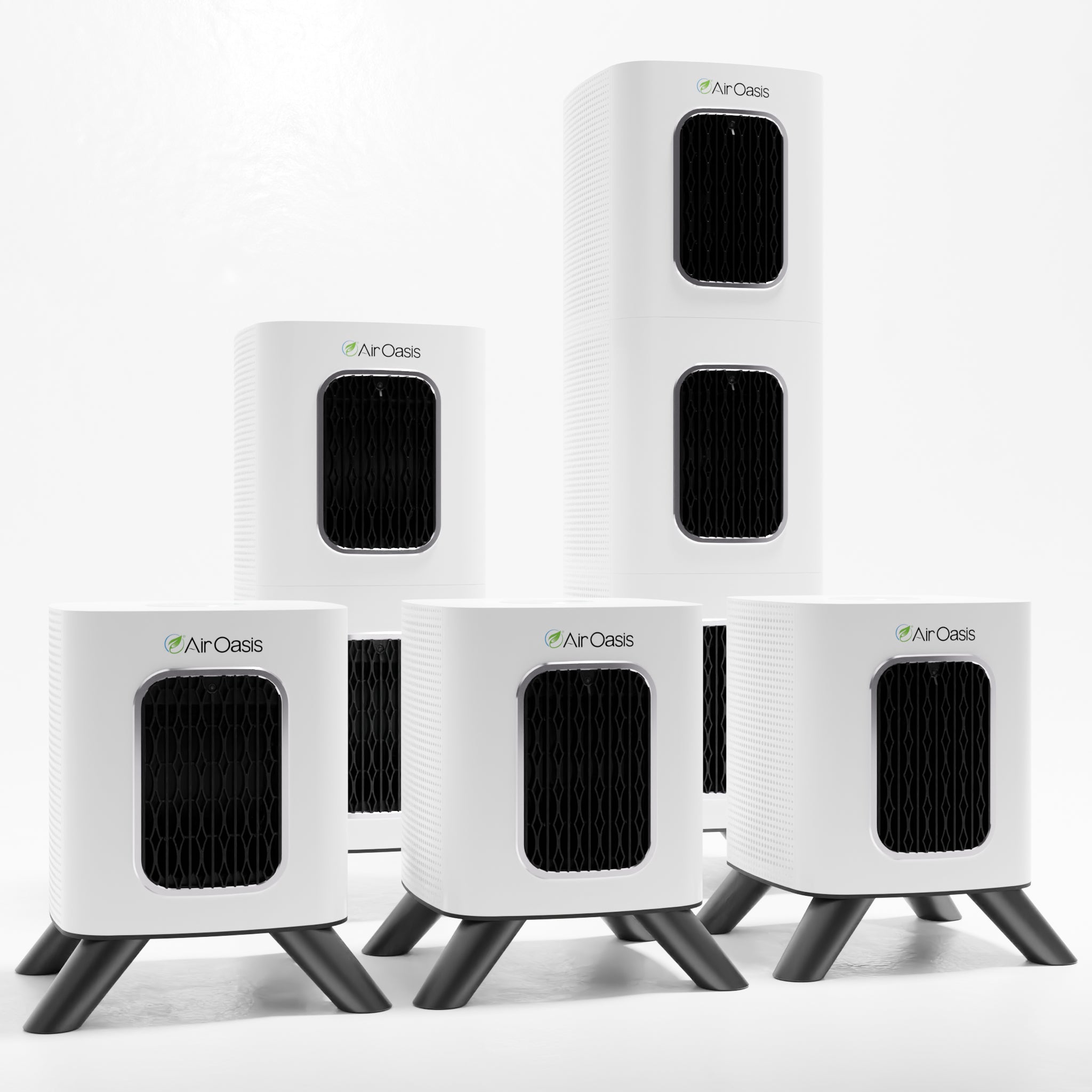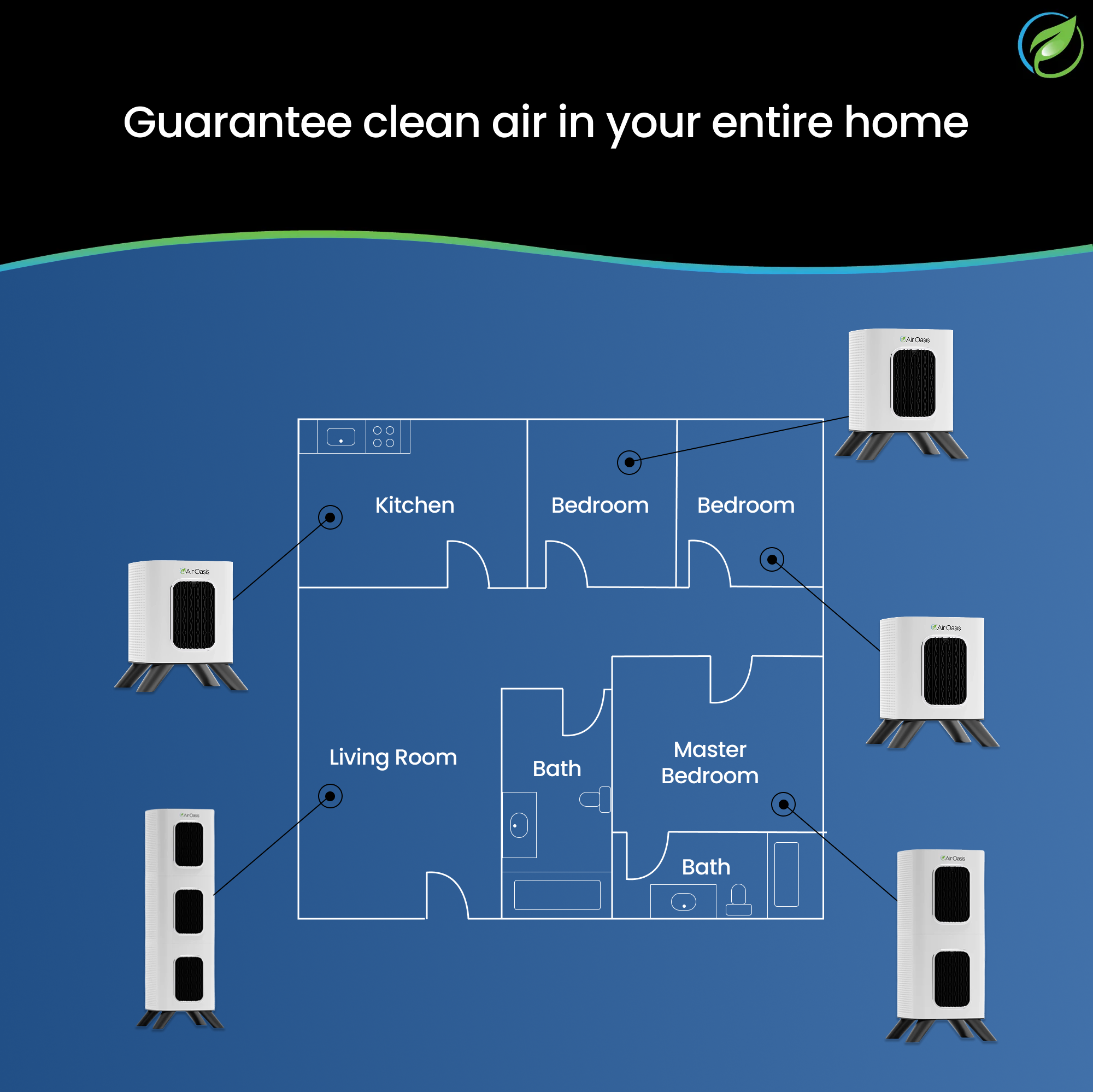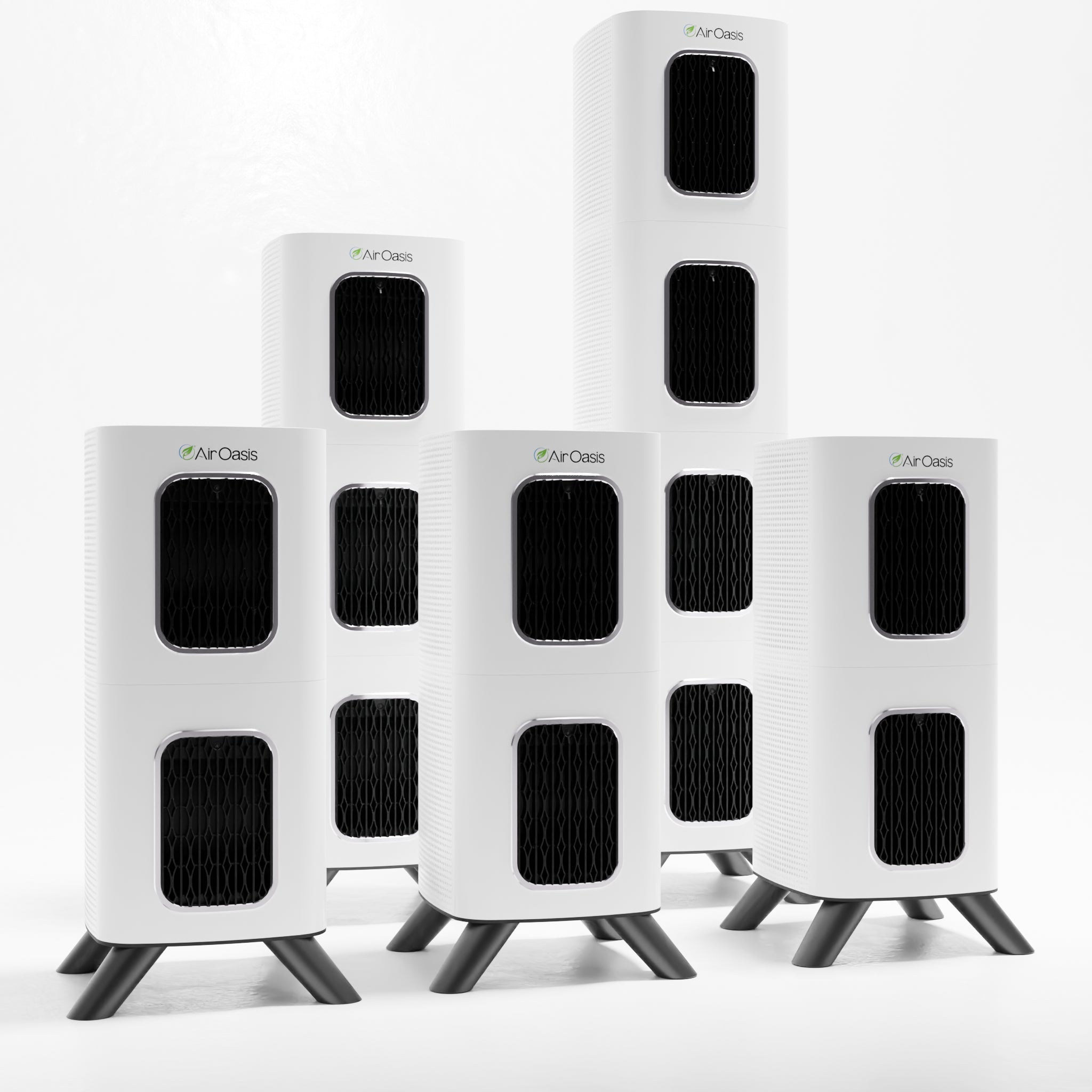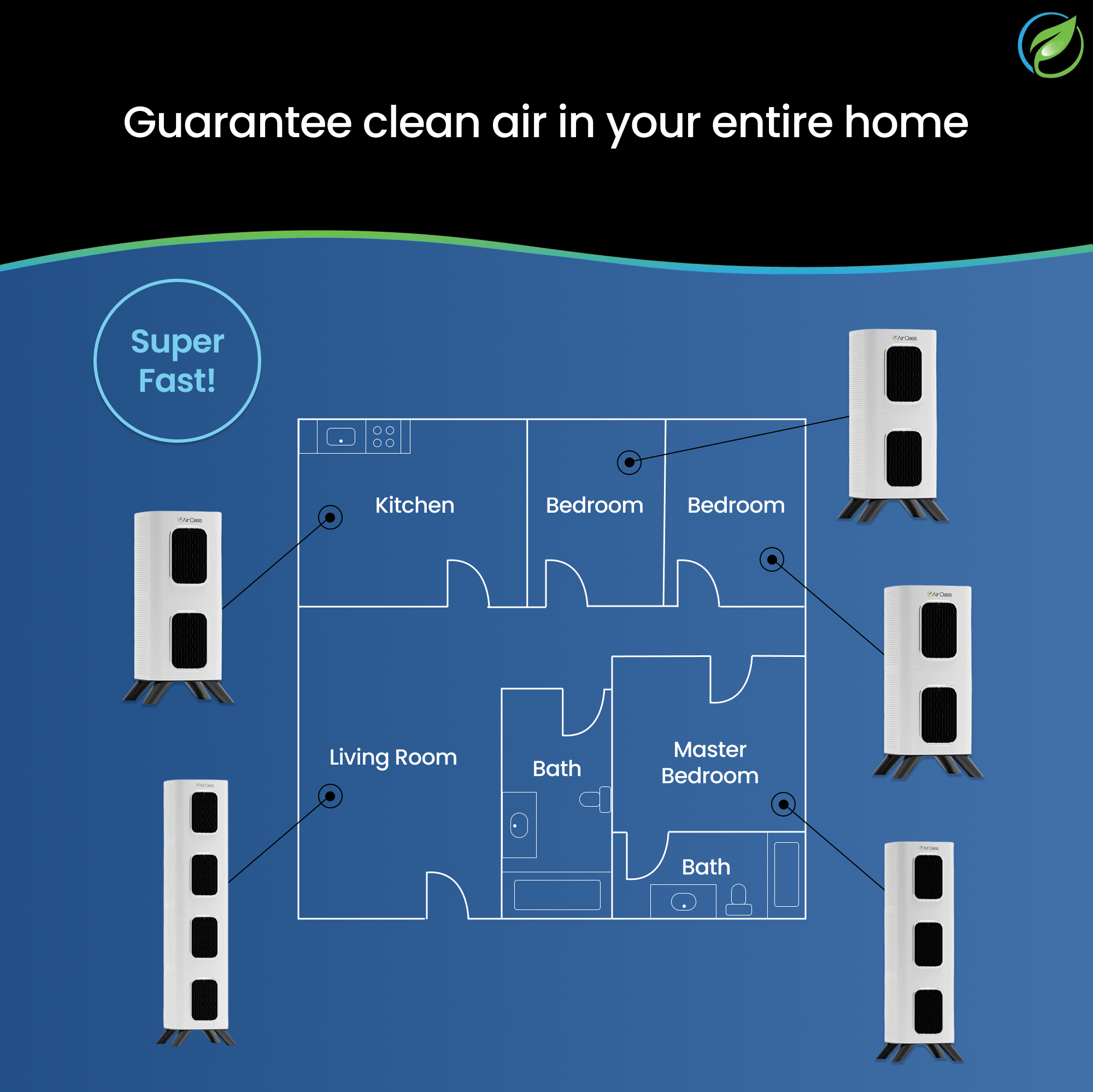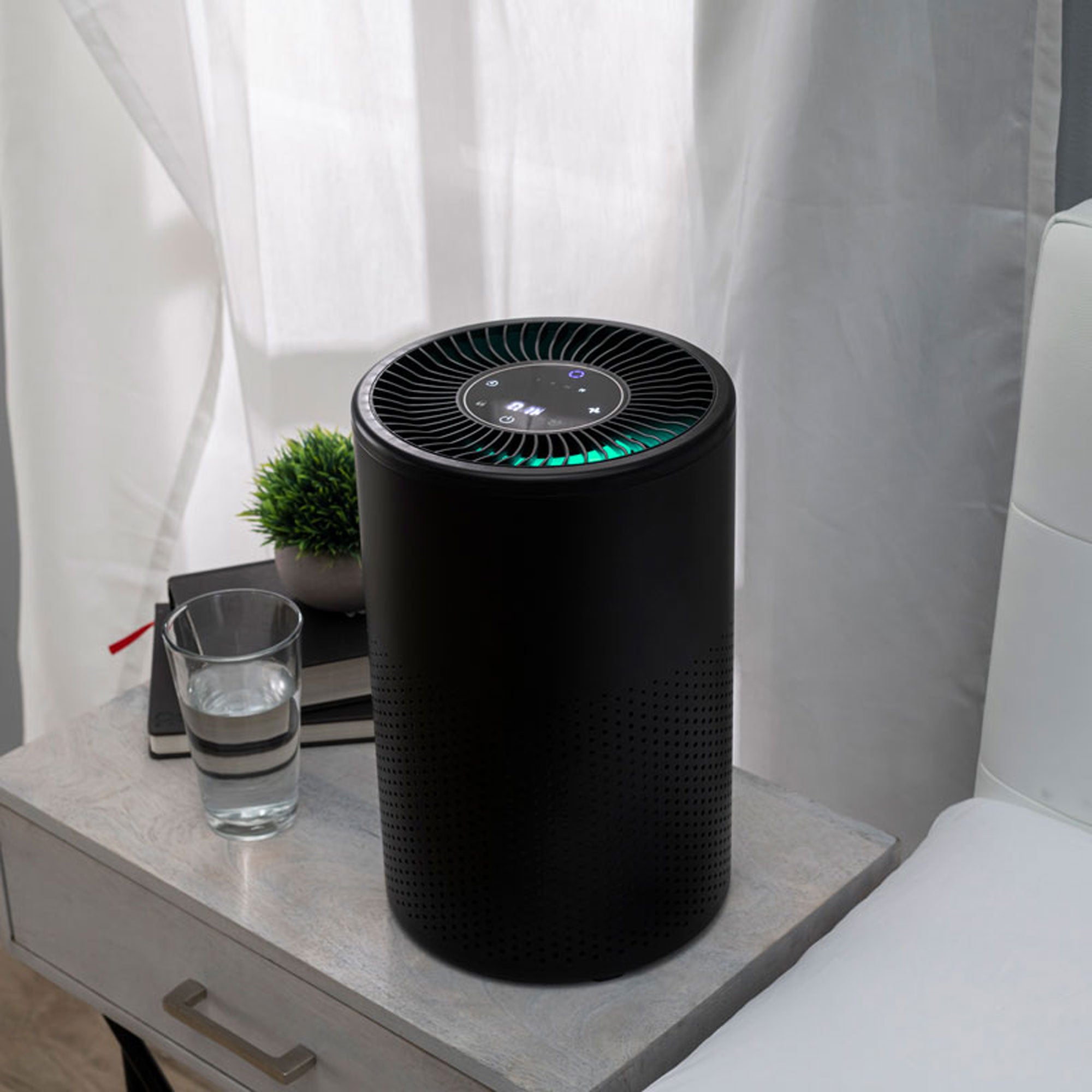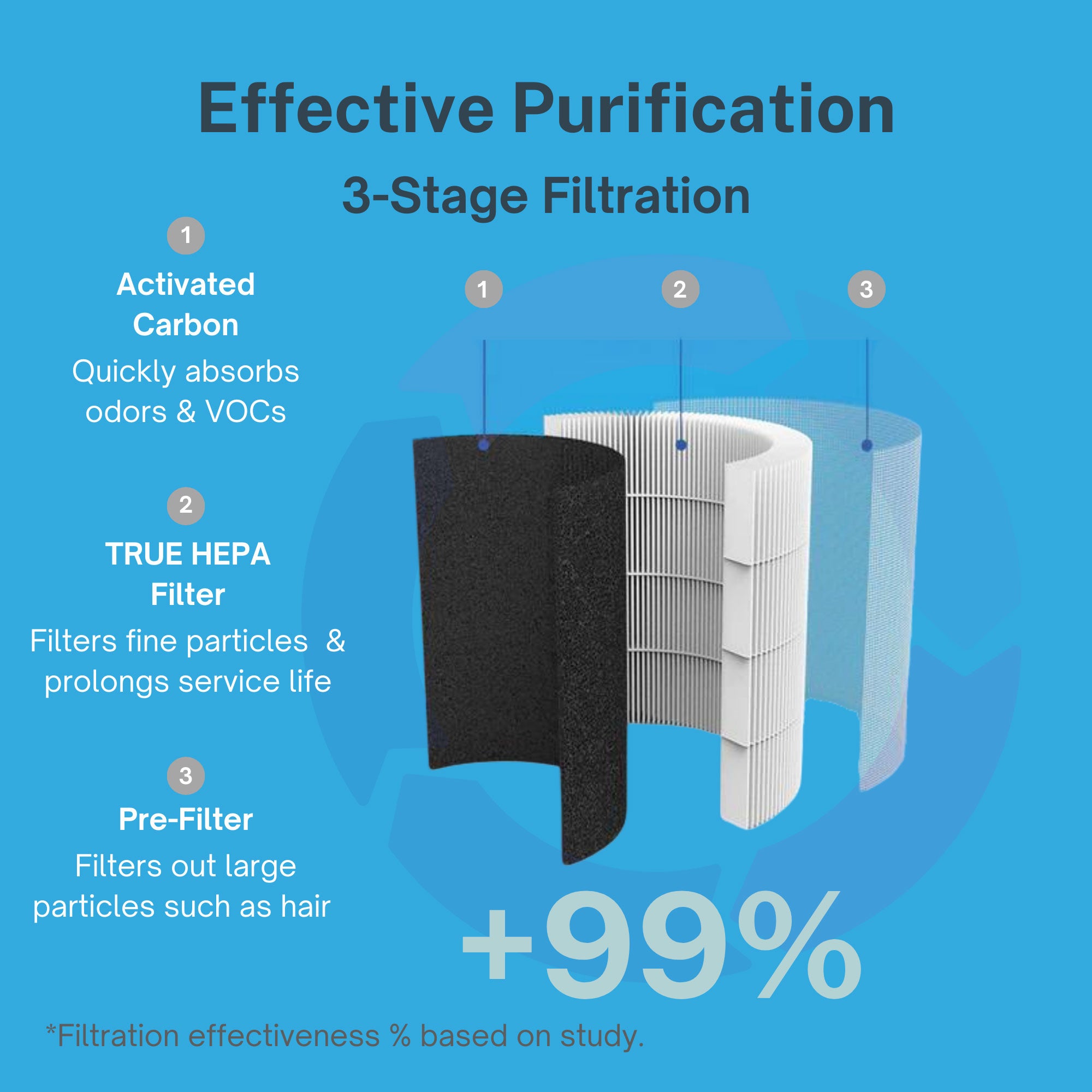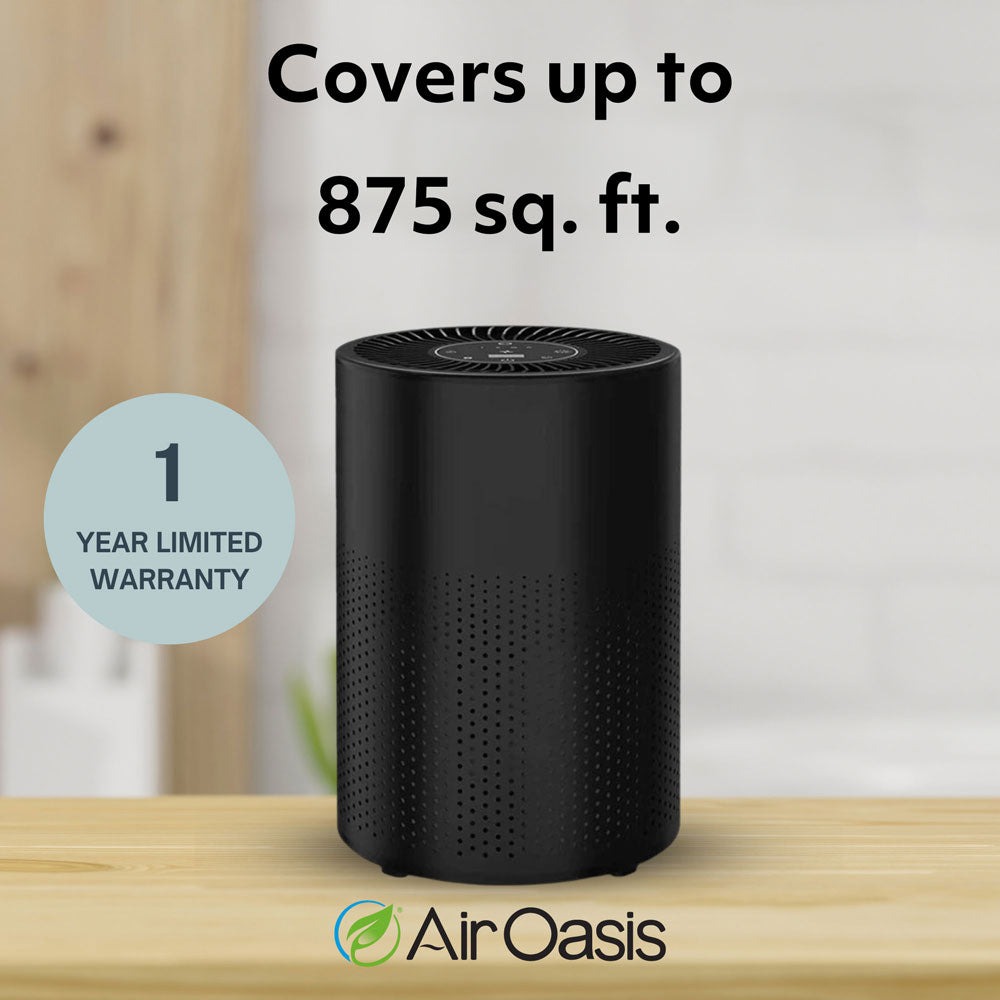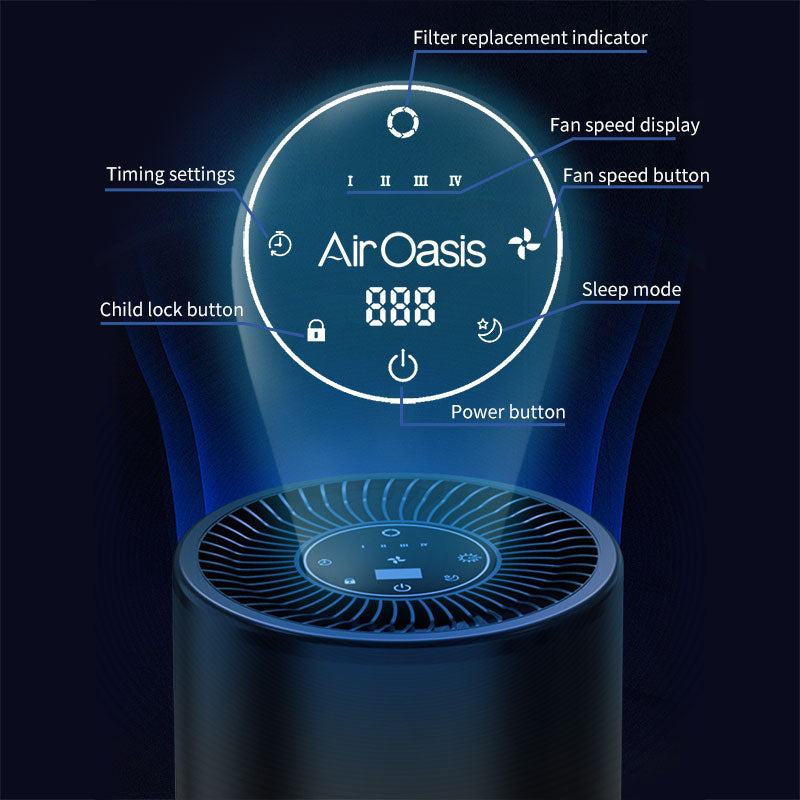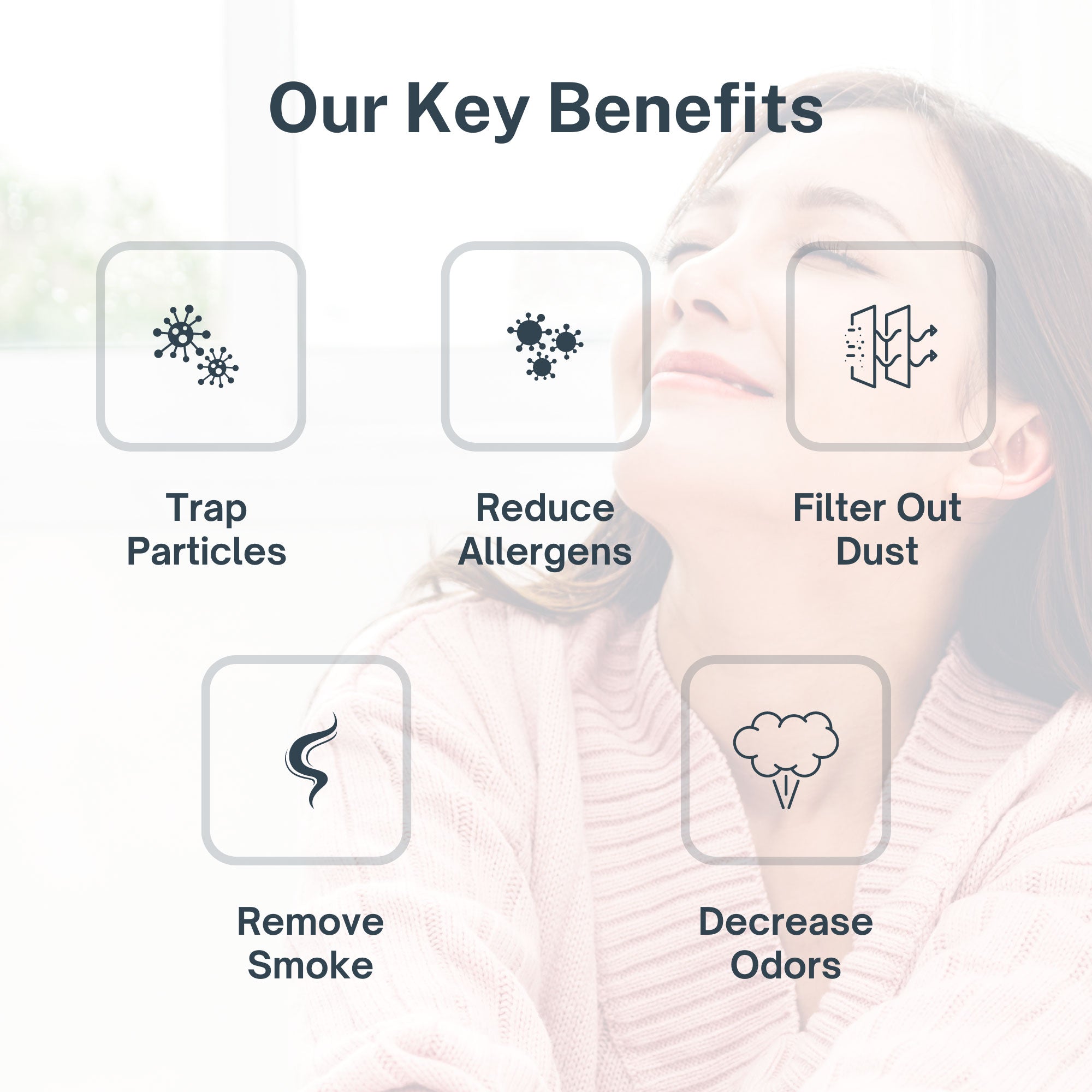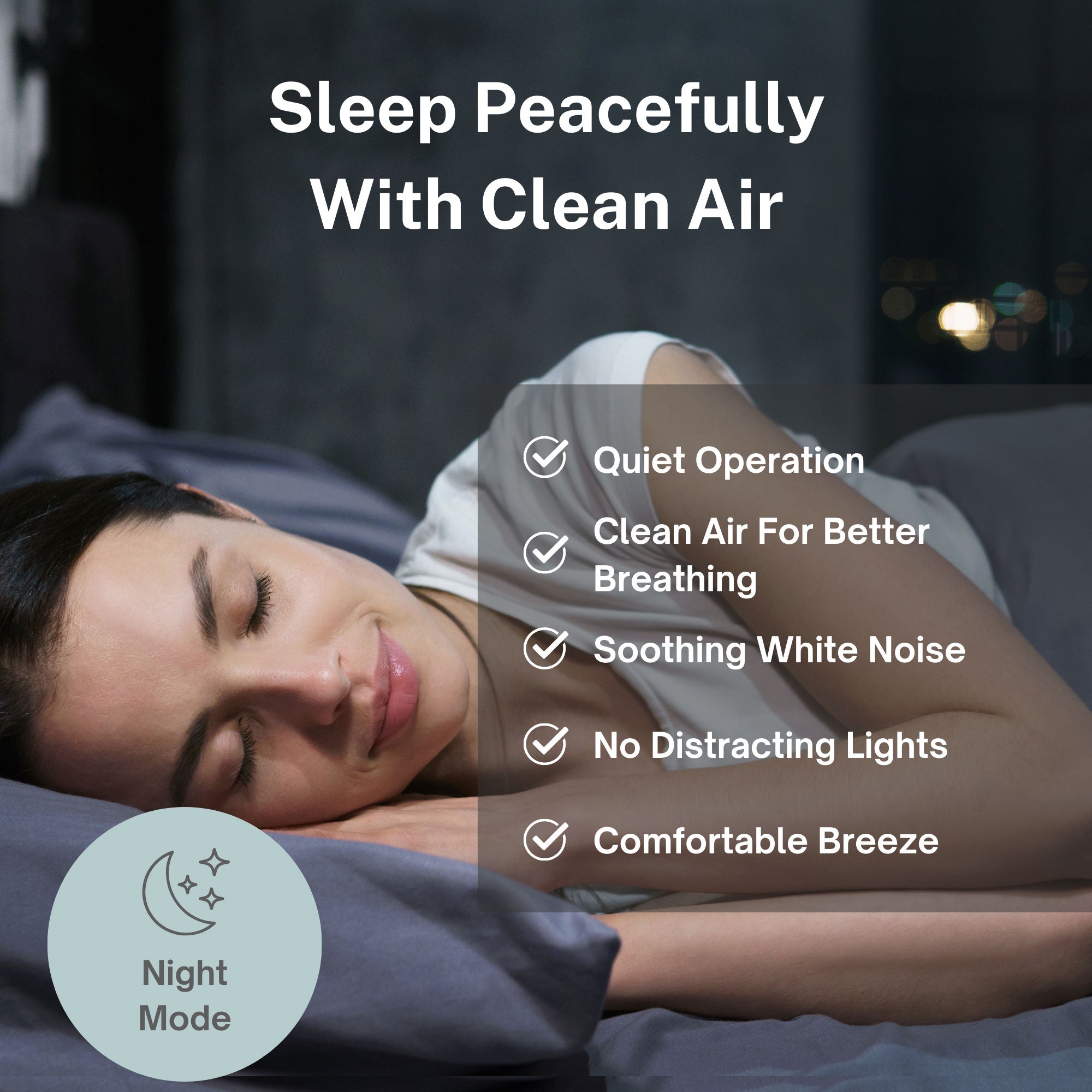One bad air quality day doesn't just make kids cough. It keeps 54,000 students out of school for more than two weeks each year.
That's the finding from new West Virginia University research examining the connection between air pollution and chronic absenteeism. The results reveal something troubling: even when air quality meets federal safety standards, it still affects children's health enough to keep them home from school.
The consequences extend far beyond a few missed assignments. Chronic absenteeism means missing at least 15 school days per year. That level of absence affects learning outcomes, graduation rates, and long-term student success. And air quality emerges as a major driver of the problem.
The Hidden Cost of Air Pollution
Mustahsin Ul Aziz, a doctoral student at WVU's Davis College of Agriculture and Natural Resources, analyzed data from approximately 25,000 schools nationwide. His research tracked how pollution moves using air quality reports, wind direction, and satellite data.
The scale of impact surprised researchers. If every U.S. county experienced just one poor air quality day annually, the combined effect would push about 54,000 students into chronic absenteeism. One day of bad air creates weeks of missed school.
"This isn't just about one or two days out sick," Aziz explained. "It's about students missing weeks of learning and we're seeing that poor air quality is a major part of the problem."
The health mechanism makes sense. Air pollution irritates respiratory systems. Children breathe faster than adults relative to their body size. Their lungs are still developing. Their immune systems respond more aggressively to environmental insults. A pollution level that merely annoys adults can trigger genuine illness in children.
Who Gets Hurt Most
The burden falls unevenly across student populations. Lower-income and minority students face higher chronic absenteeism rates linked to poor air quality. Geography explains part of this disparity.
Areas with cheaper housing often show higher pollution levels. Proximity to highways, industrial sites, and other pollution sources depresses property values. Disadvantaged families end up living in precisely these higher-exposure neighborhoods. Their children breathe dirtier air. They miss more school as a direct result.
"In places where housing is cheaper, pollution is often higher," Aziz noted. "Unfortunately, those tend to be the areas where disadvantaged families live, so their children are more exposed and more likely to suffer the consequences."
Age compounds vulnerability. Younger students suffer disproportionately compared to older ones. Elementary school children miss nearly twice as many days as high school students following high carbon monoxide exposure. The developmental differences in respiratory systems and immune function create this age gradient in pollution sensitivity.
Professor Levan Elbakidze, who advised the research, emphasized that chronically absent students likely represent the most vulnerable population. "These more vulnerable students may need additional help and attention to mitigate the effects of air pollution," he said.
Beyond Particulate Matter
Previous air quality research focused primarily on particulate matter and carbon monoxide. Aziz's study examined all six common air pollutants tracked by the Environmental Protection Agency: carbon monoxide, lead, ground-level ozone, nitrogen dioxide, sulfur dioxide, and particulate matter.
Particulate matter consists of fine, inhalable particles from sources like smoke, dust, and vehicle exhaust. These particles penetrate deep into lung tissue and trigger respiratory symptoms. But the other pollutants also contribute to health impacts that keep children home from school.
Ground-level ozone irritates airways. Nitrogen dioxide inflames lung tissue. Sulfur dioxide triggers asthma attacks. The combined effect of multiple pollutants creates greater health burdens than any single contaminant alone.
The Indoor Air Quality Connection
The research raises important questions about what "safe" air quality really means. EPA standards designate acceptable outdoor pollution levels. But Aziz suggests both indoor and outdoor air quality should factor into safety determinations.
"If your outdoor air quality is bad, your indoor quality is going to be worse if there is less ventilation," he explained. The study's figures likely represent lower-bound estimates of true impact because they're based solely on outdoor air quality measurements.
This matters enormously for schools. Classrooms with poor ventilation concentrate pollutants that infiltrate from outside. Aging HVAC systems fail to filter particles effectively. The indoor environment where children spend six hours daily may expose them to higher pollution levels than outdoor measurements suggest.
Solutions exist. Indoor air filtration systems reduce pollutant exposure regardless of outdoor conditions. Improved ventilation helps but requires careful balance. Green spaces around schools provide buffer zones. Enhanced HVAC filtration captures particles before they reach classrooms.
Regional Challenges
West Virginia's numbers paint a particularly concerning picture. While national chronic absenteeism reached about 28 percent in the 2022-23 school year, 34 percent of West Virginia students missed excessive school days.
"Low-income places like West Virginia and Appalachia historically had higher air pollution due to the mining industry," Aziz acknowledged. "Pollution isn't just an environmental issue—it's an education issue too."
The framework Aziz developed can be adapted to focus on specific states or counties. Schools and districts could identify their highest-risk periods and implement protective measures accordingly. On days when pollution levels spike, extra precautions could reduce exposure and prevent absences.
Protecting Students' Health and Education
Children deserve clean air in every environment where they learn and grow. While schools work toward systemic solutions, parents can create immediate protection at home.
The iAdaptAir system removes the pollutants that trigger respiratory symptoms and school absences. HEPA filtration captures 99.97 percent of particles as small as 0.3 micrometers. That includes the fine particulate matter from vehicle exhaust, smoke, and industrial emissions that compromise children's respiratory health.
Smart sensors monitor air quality continuously. When pollution levels rise from outdoor infiltration or indoor sources, the system responds automatically. Your children breathe cleaner air at home, supporting their health and ability to attend school consistently.
Give your kids the clean air they need to succeed. Shop Air Oasis today and protect both their health and their education.






